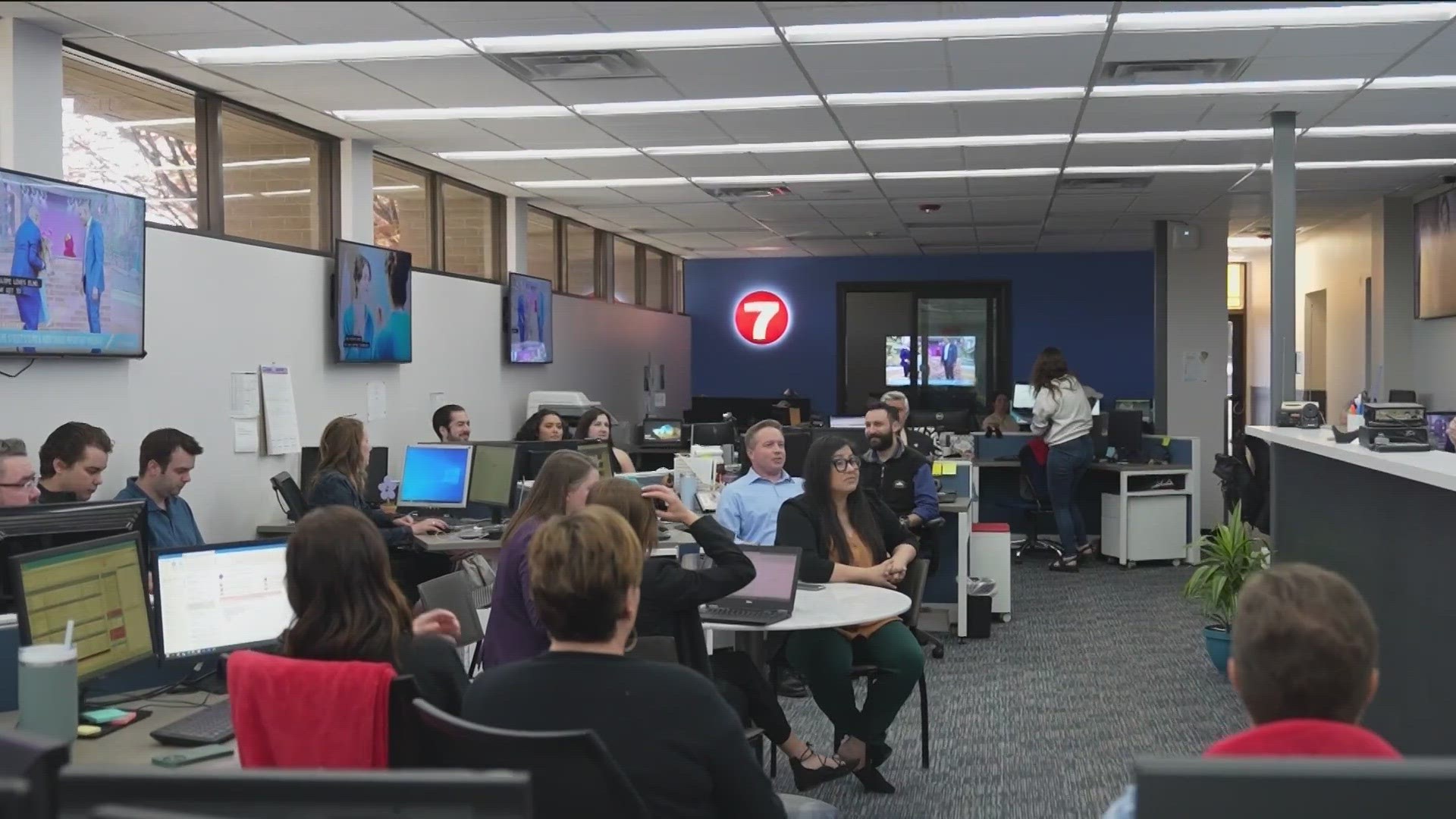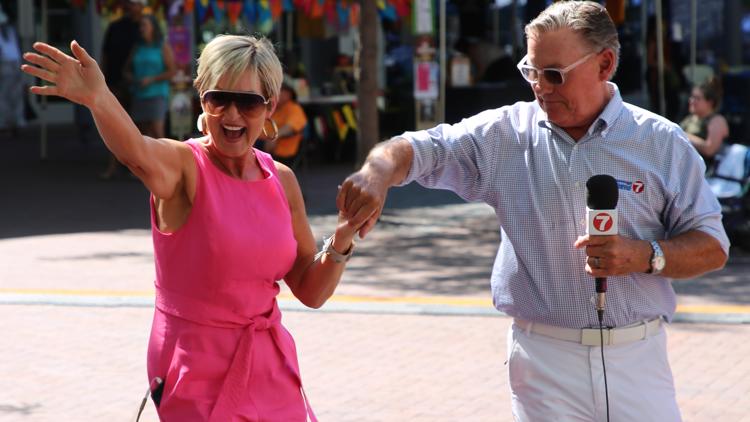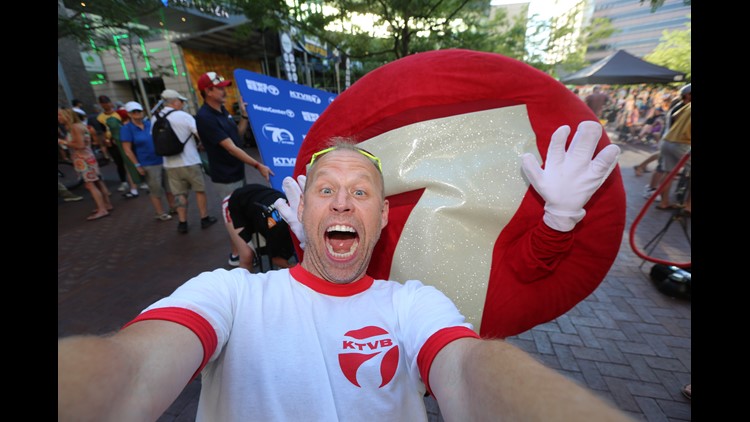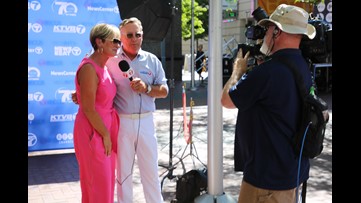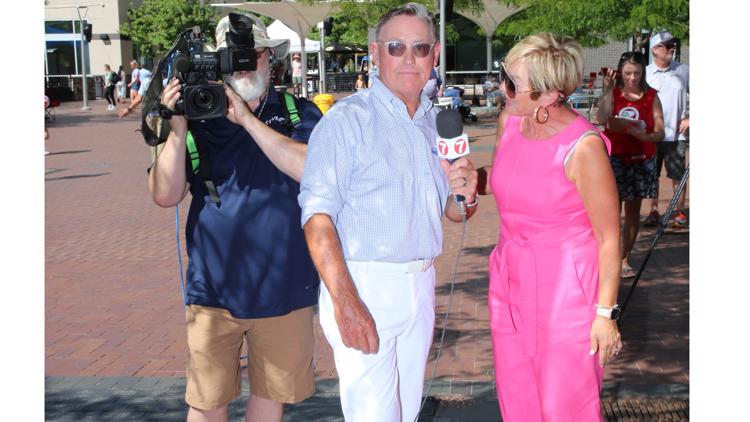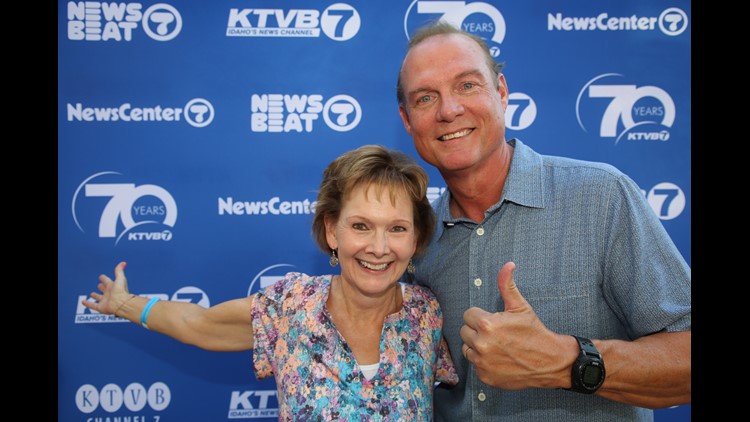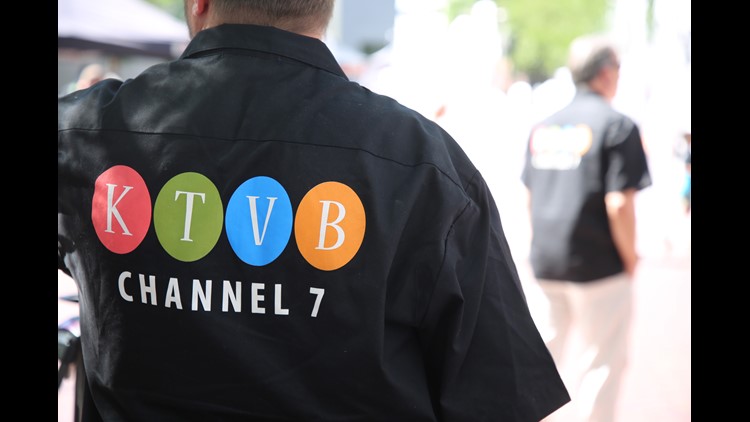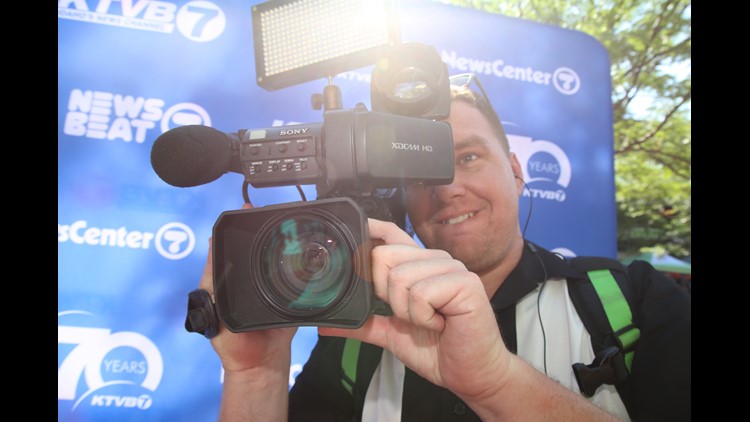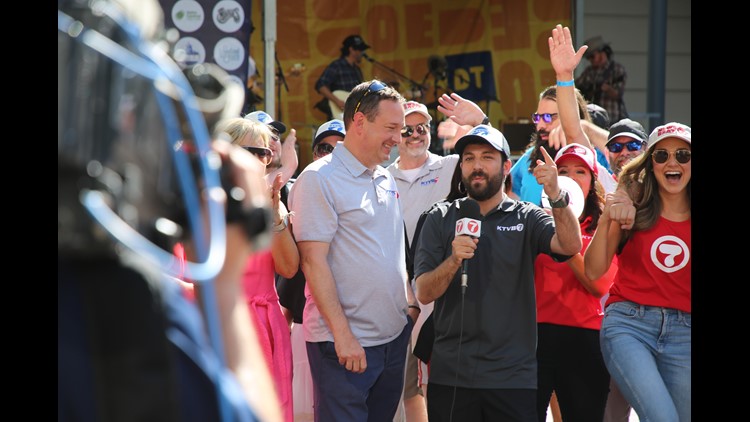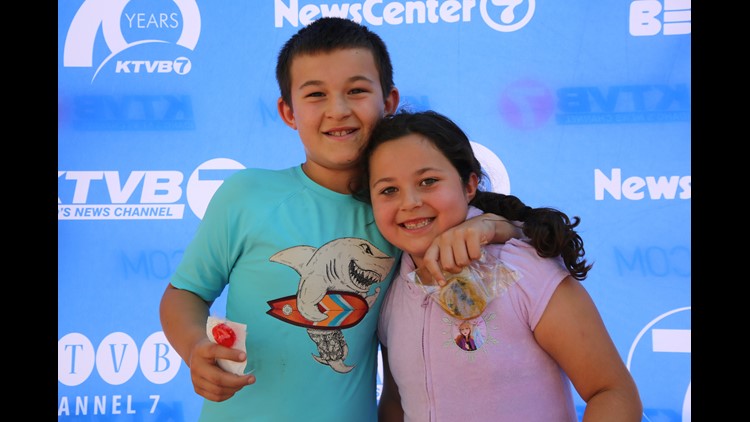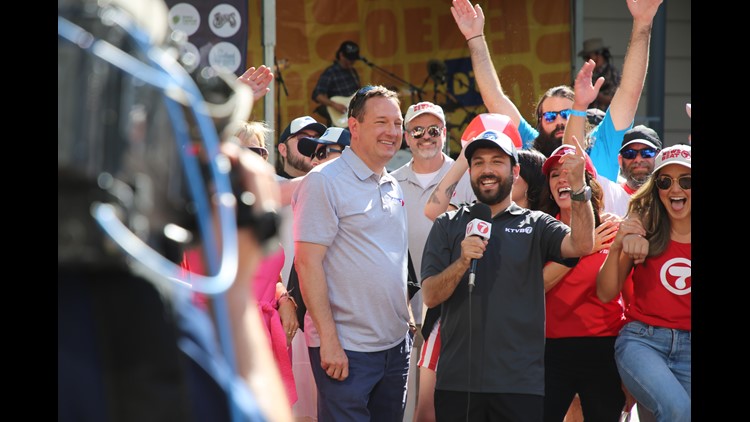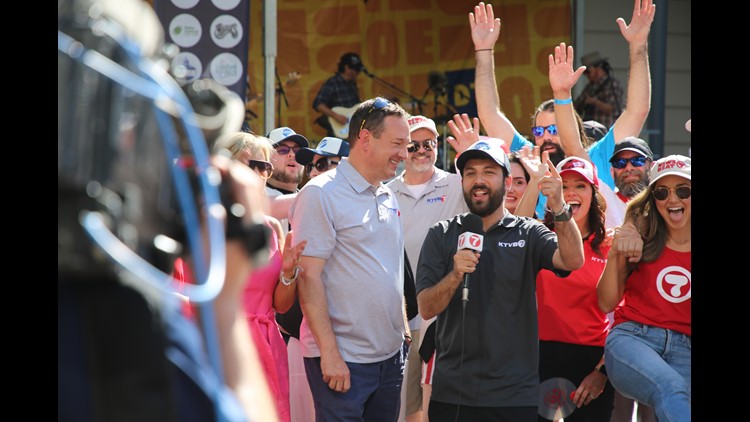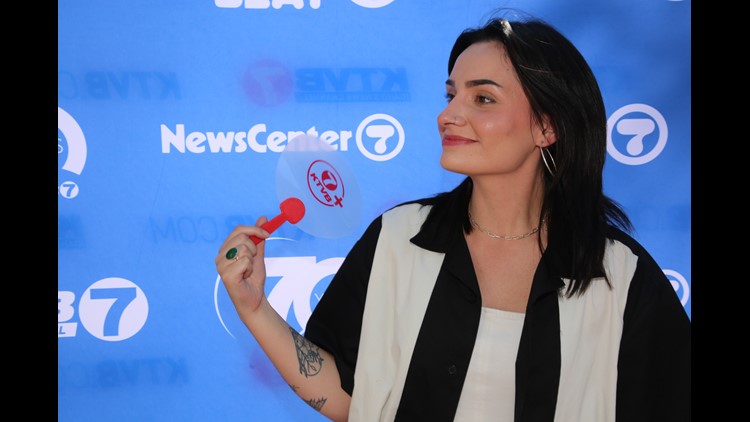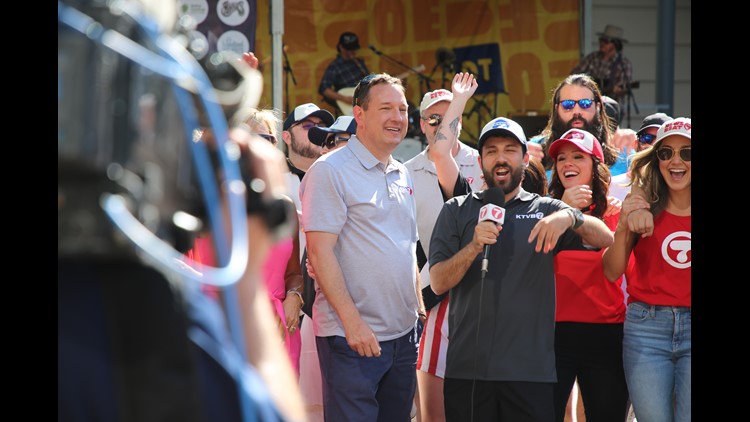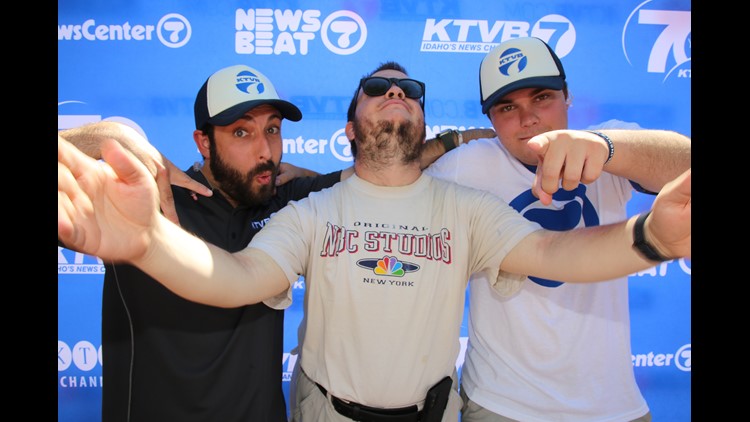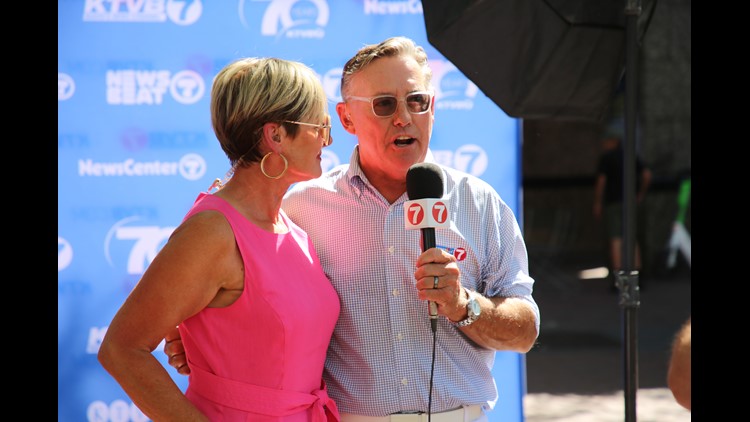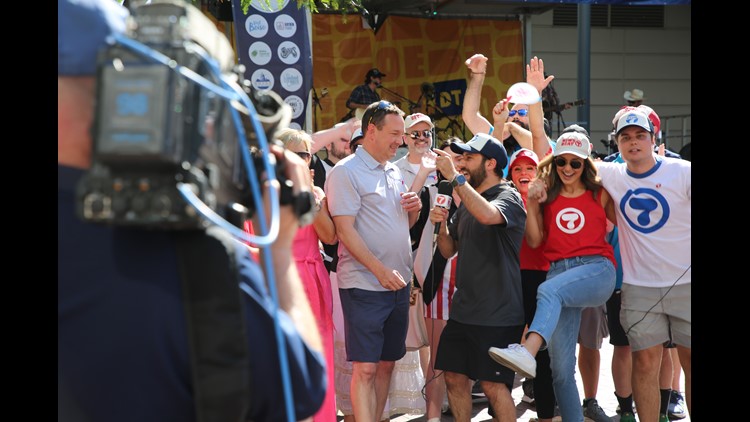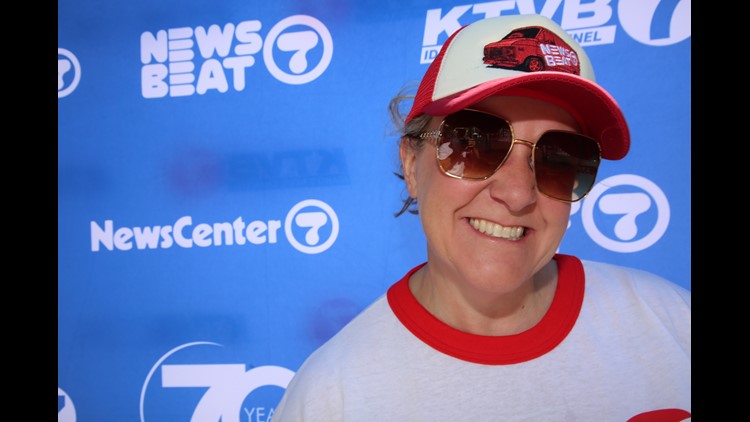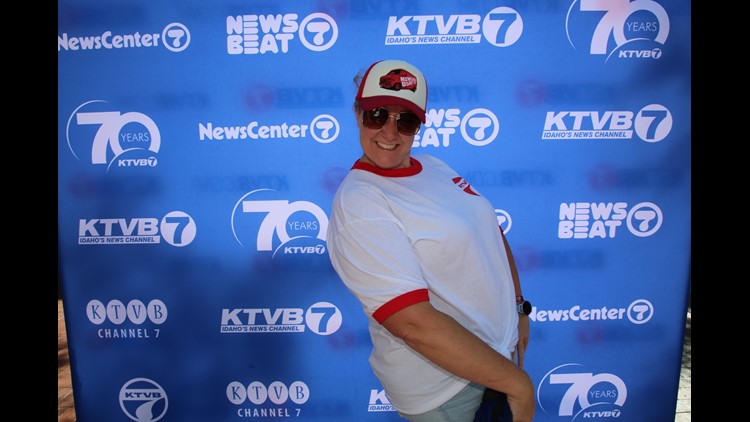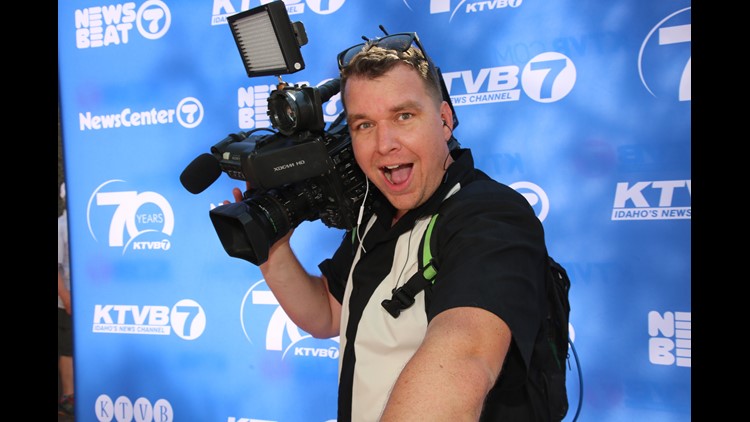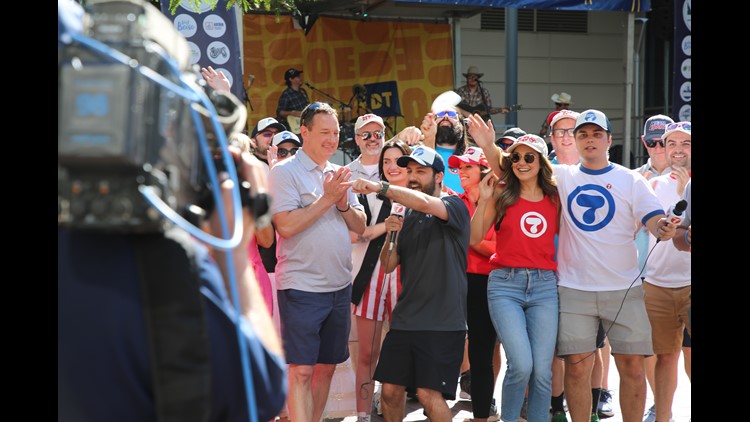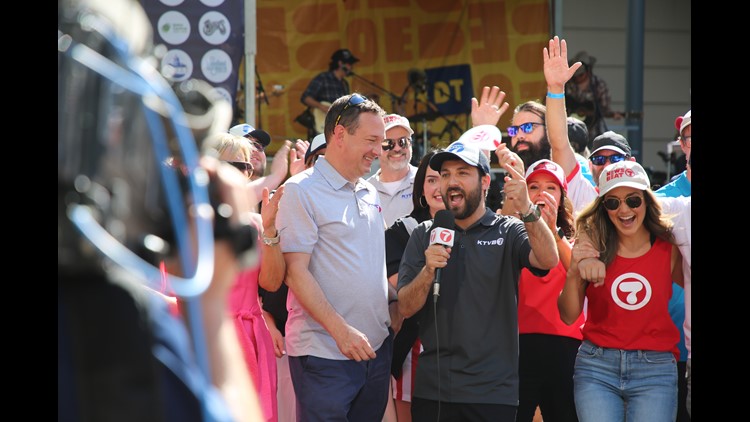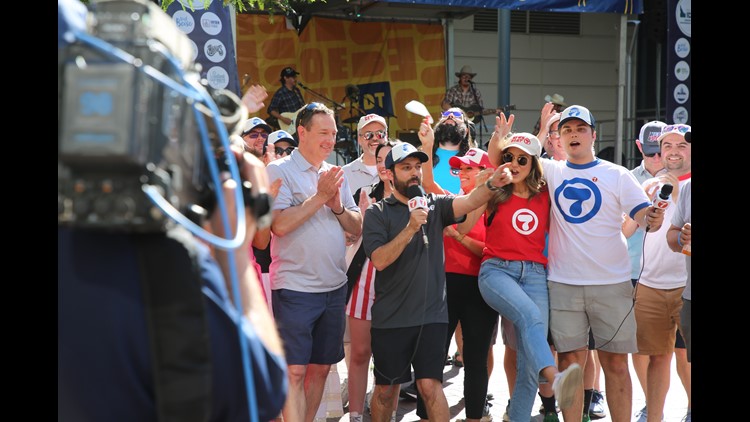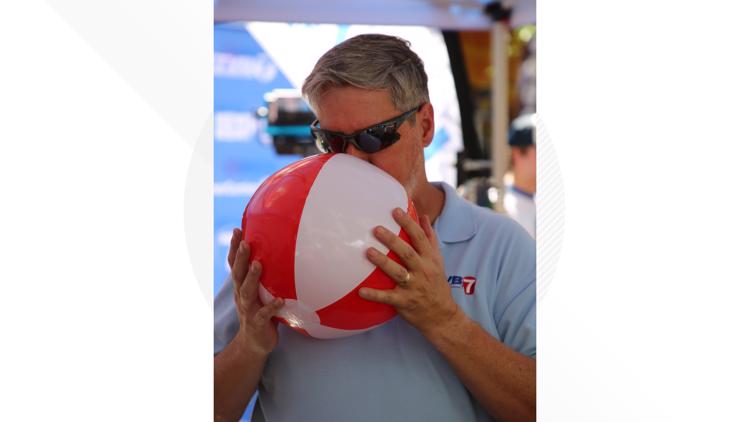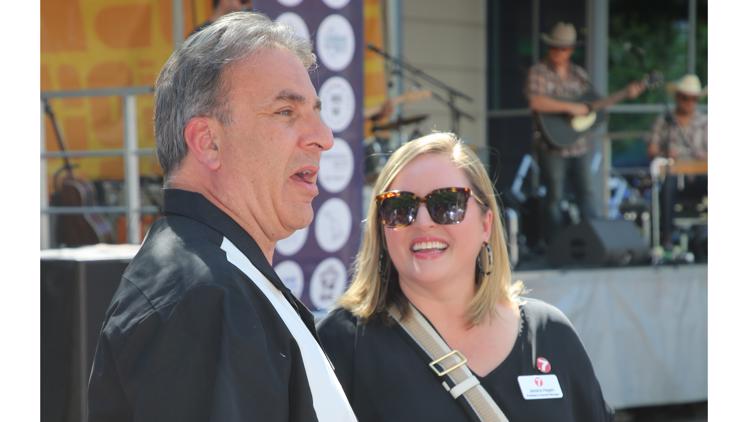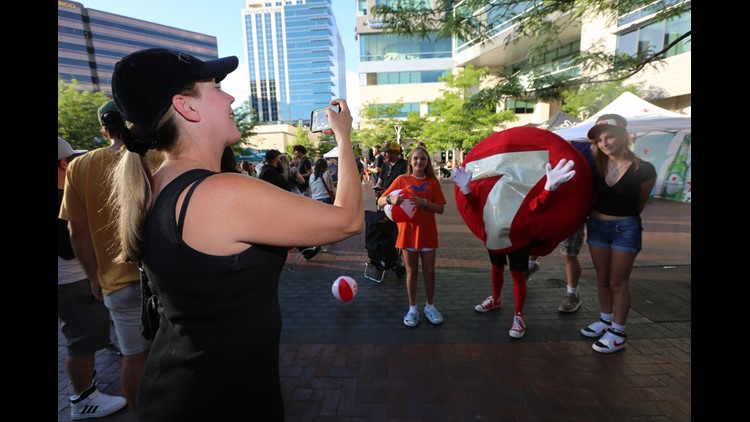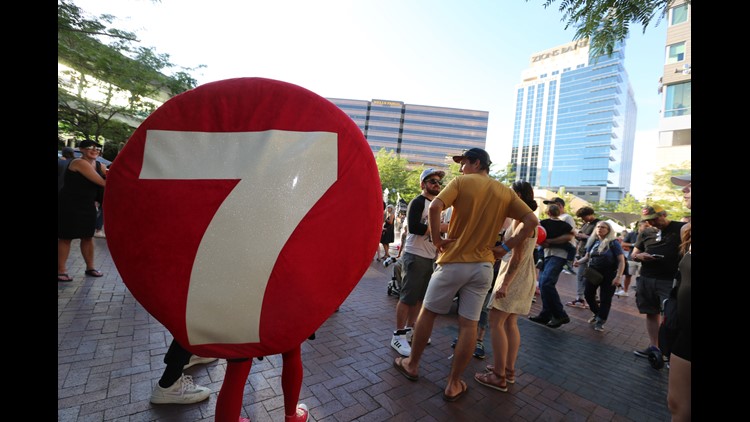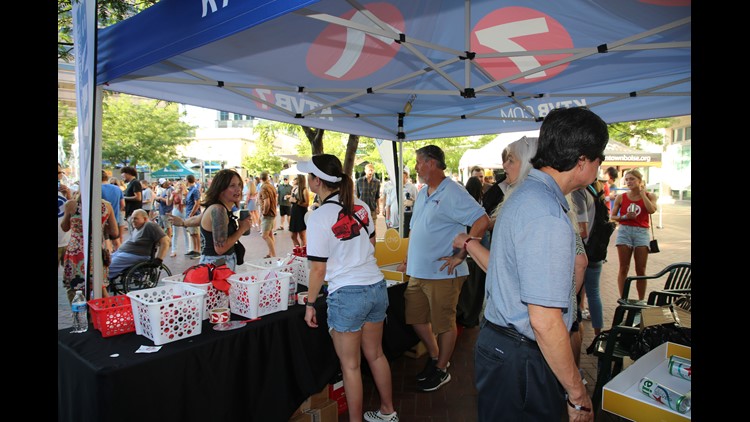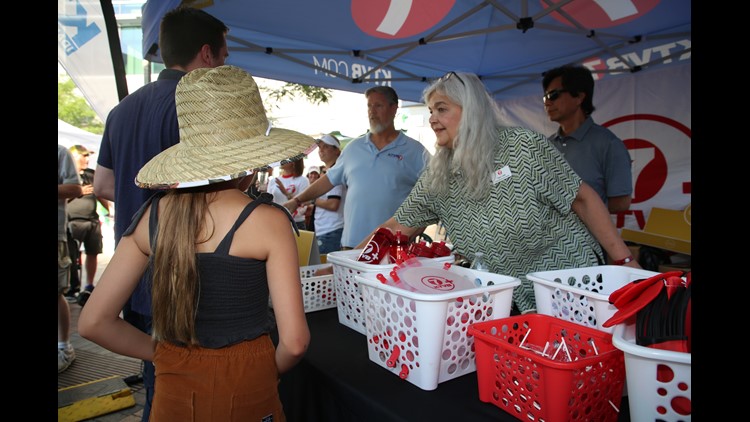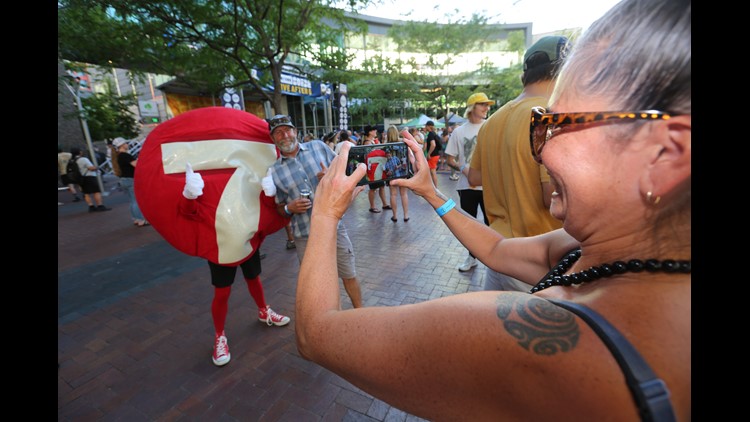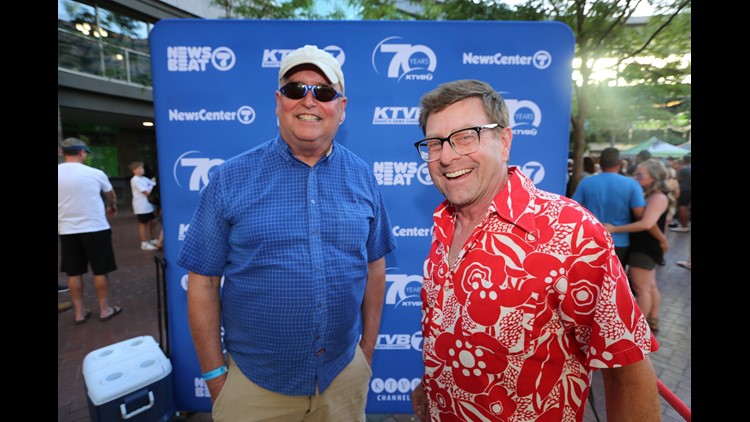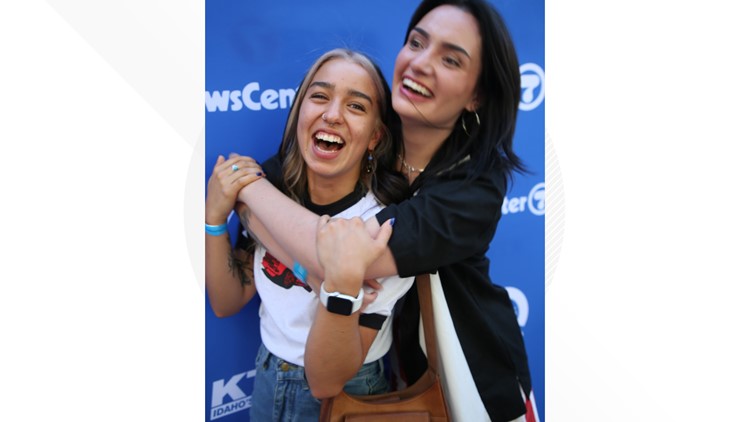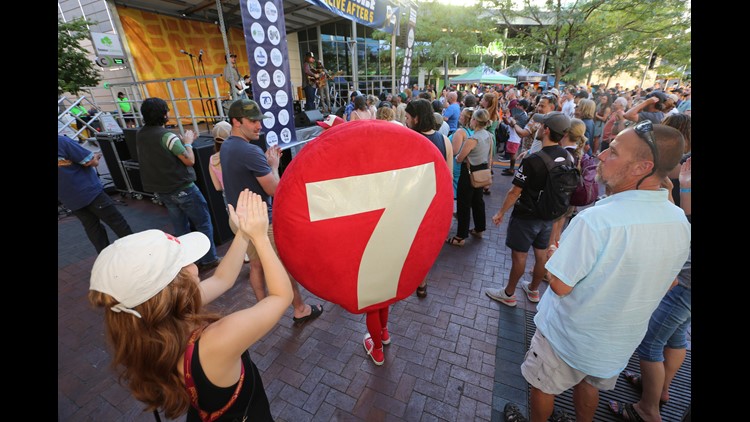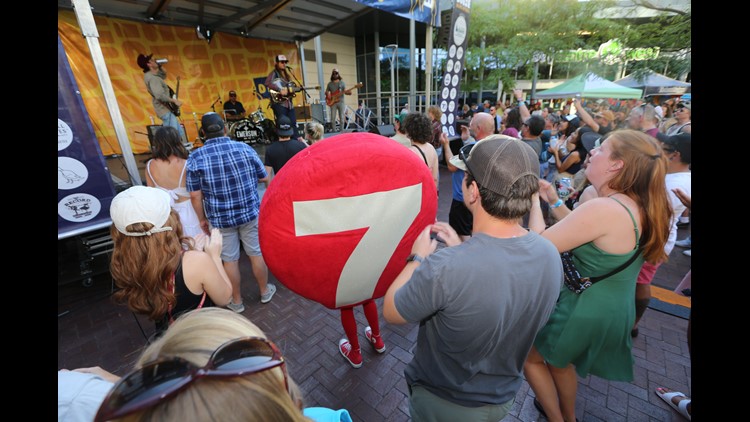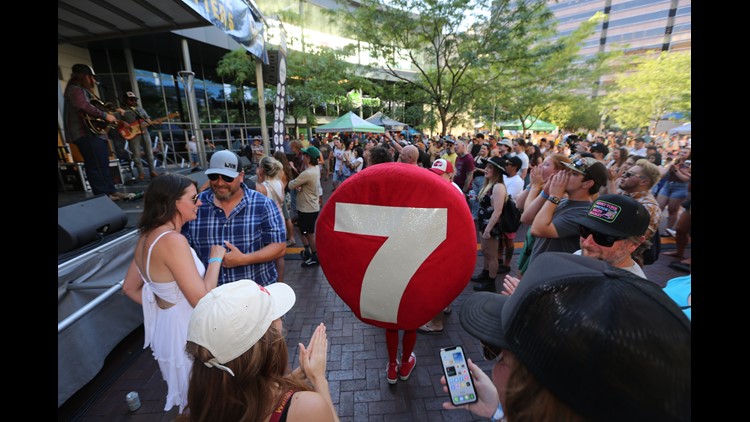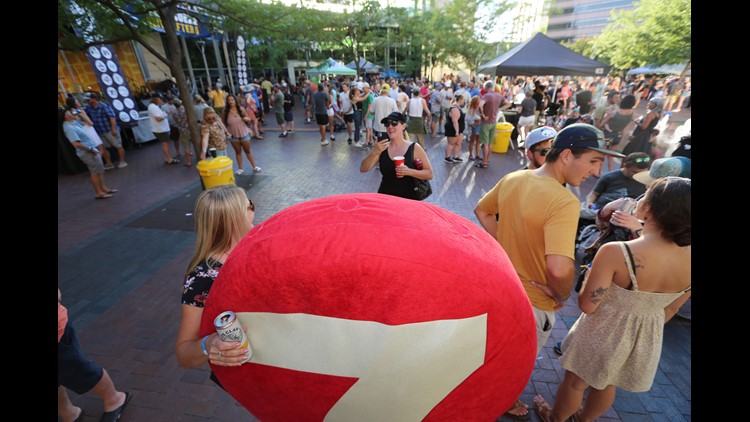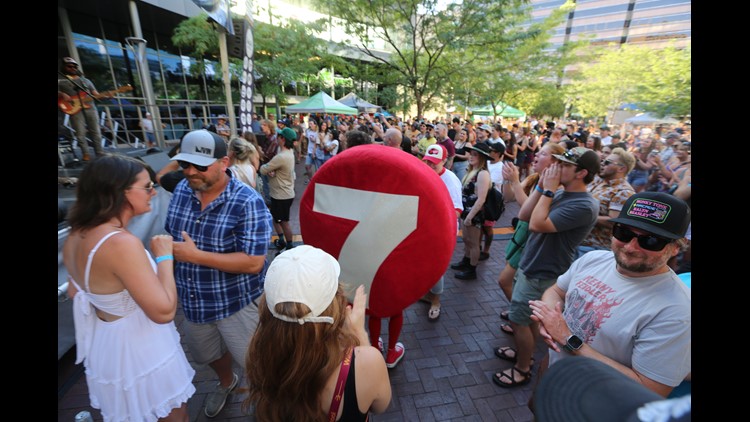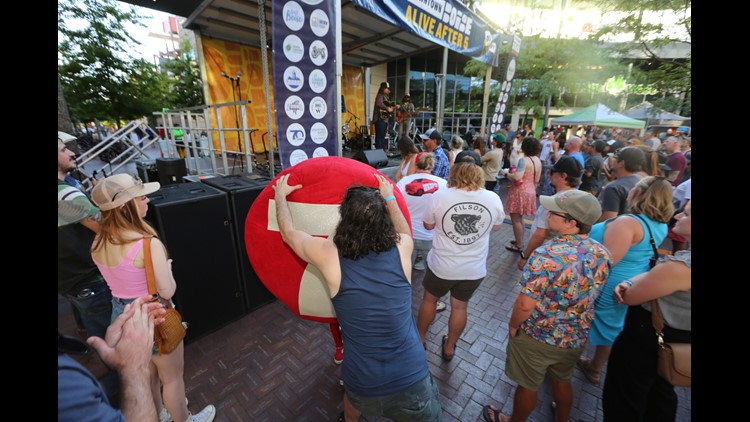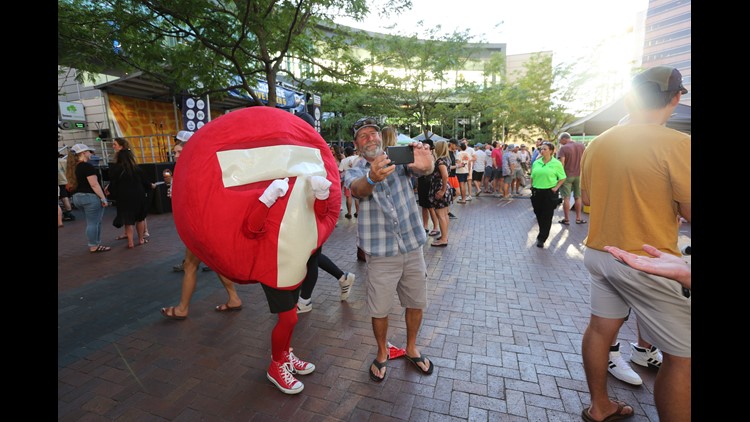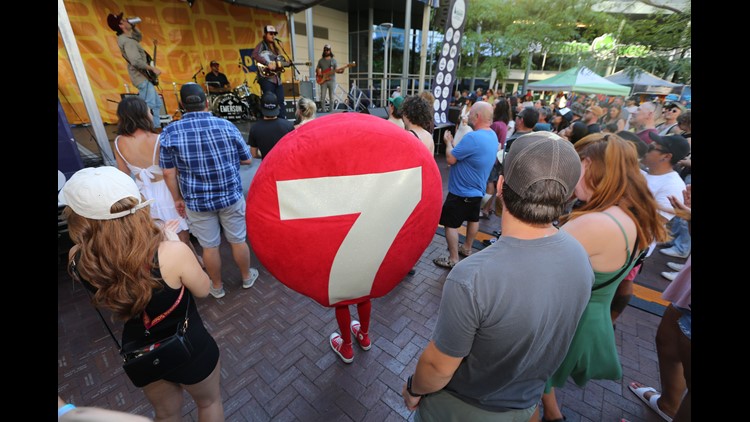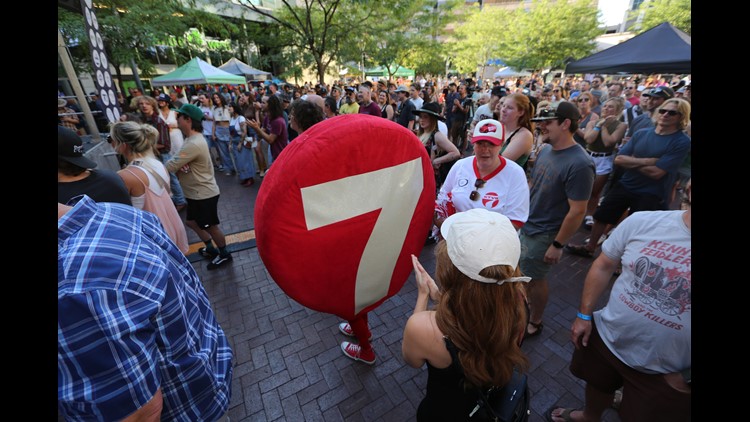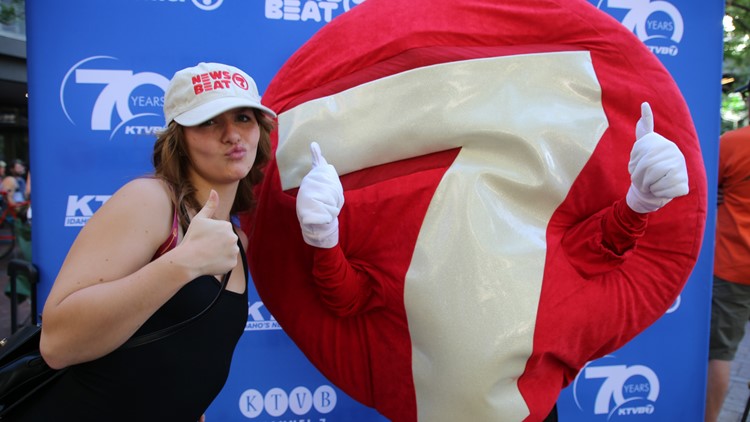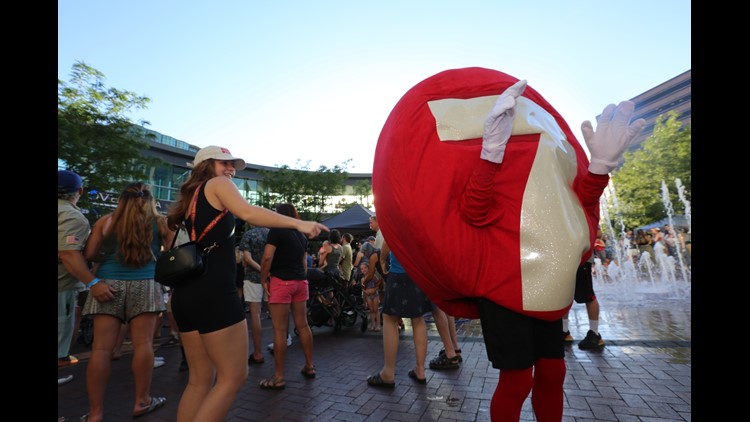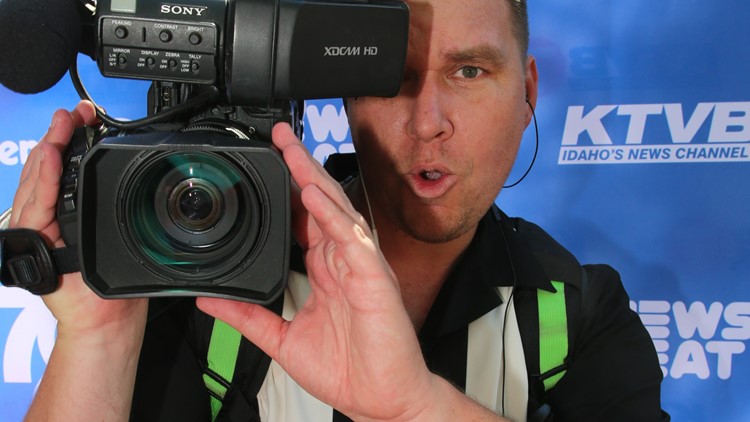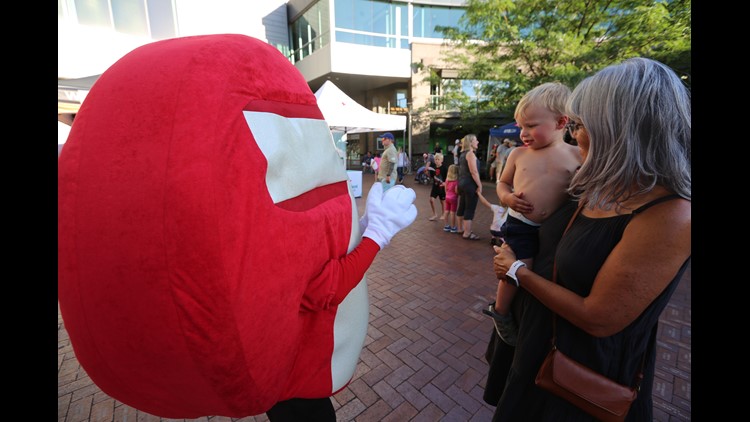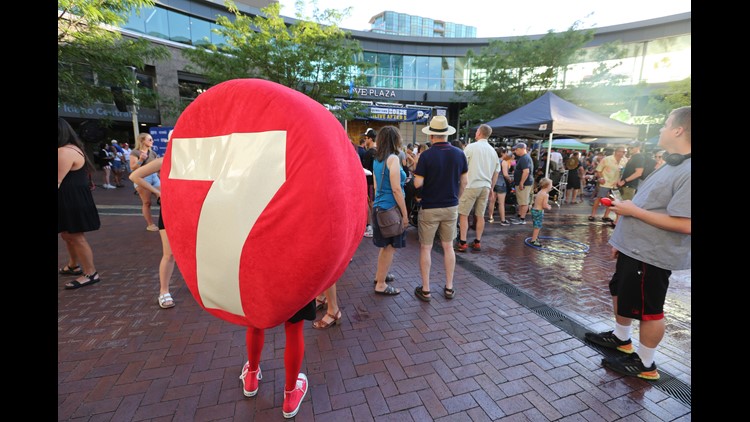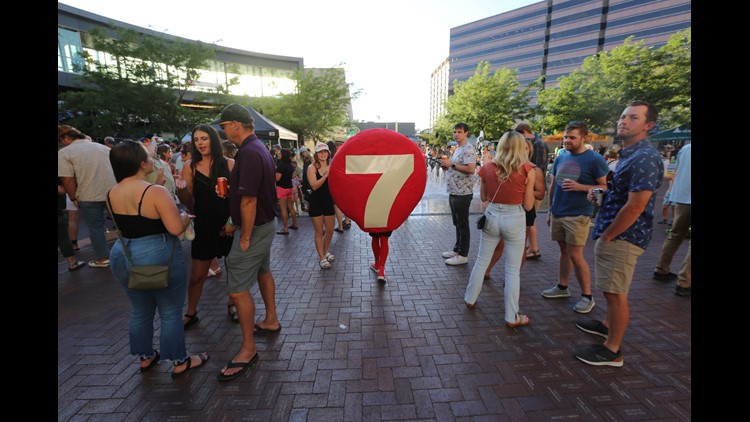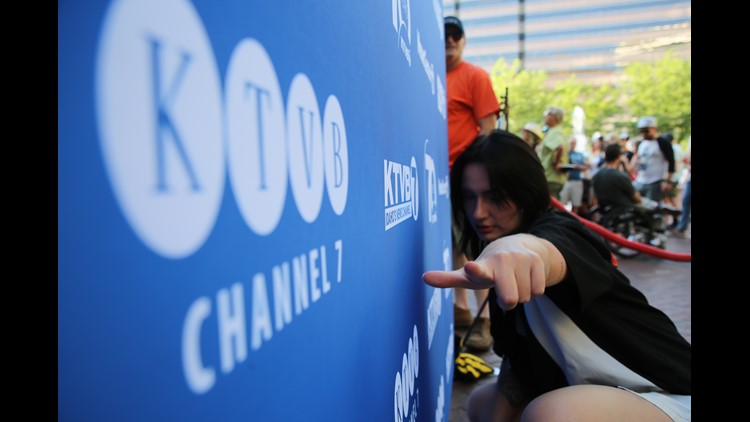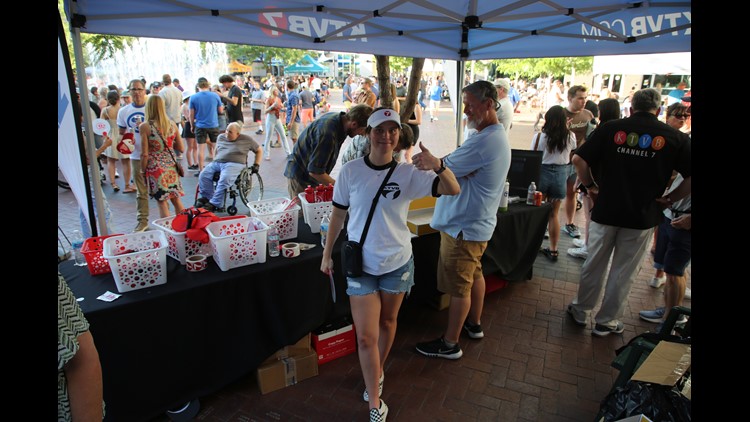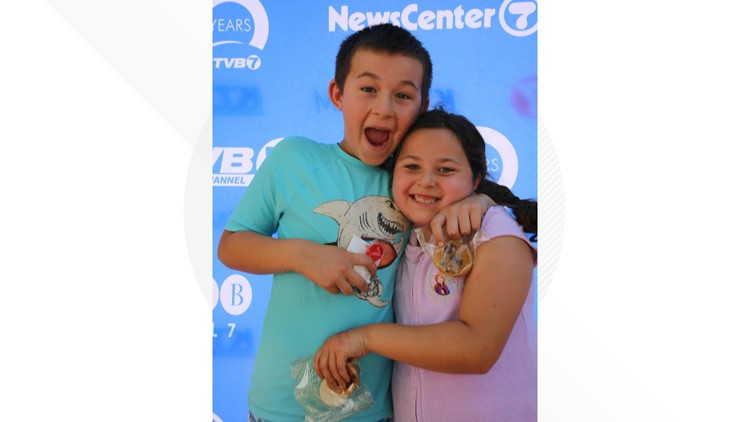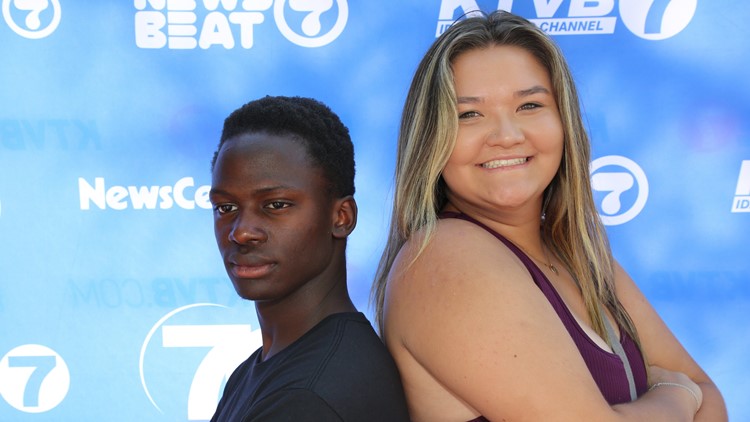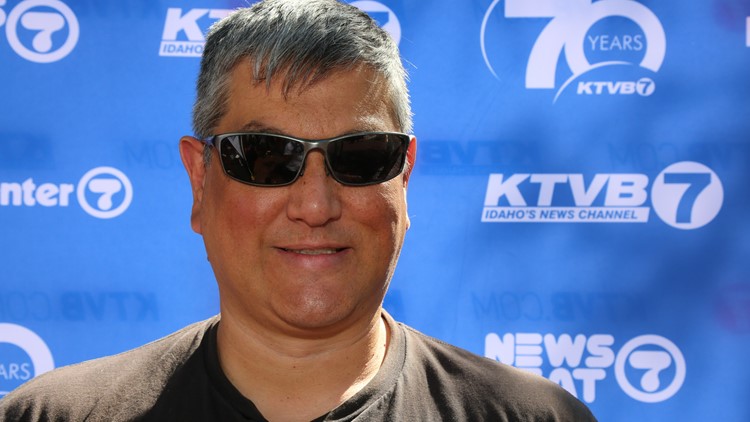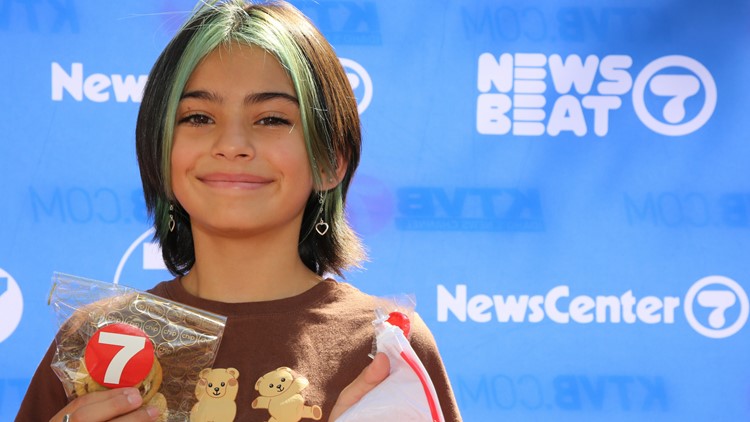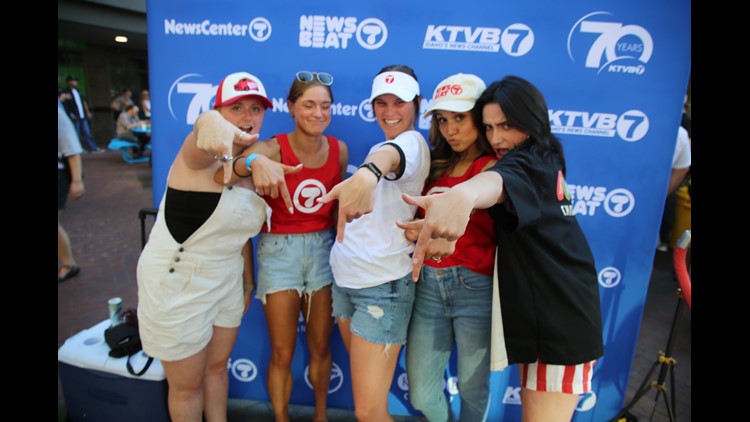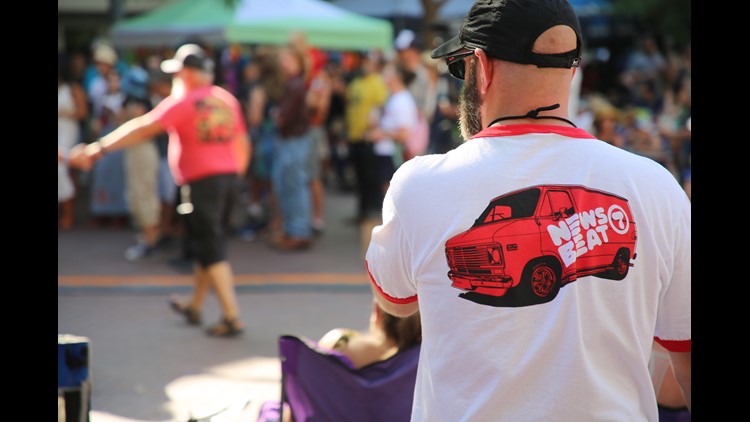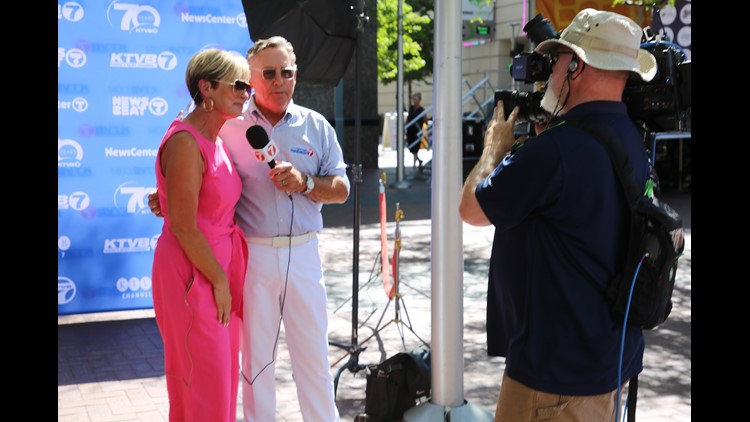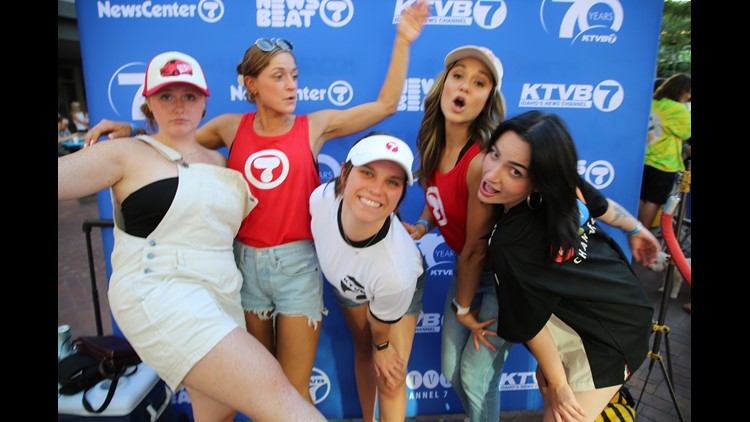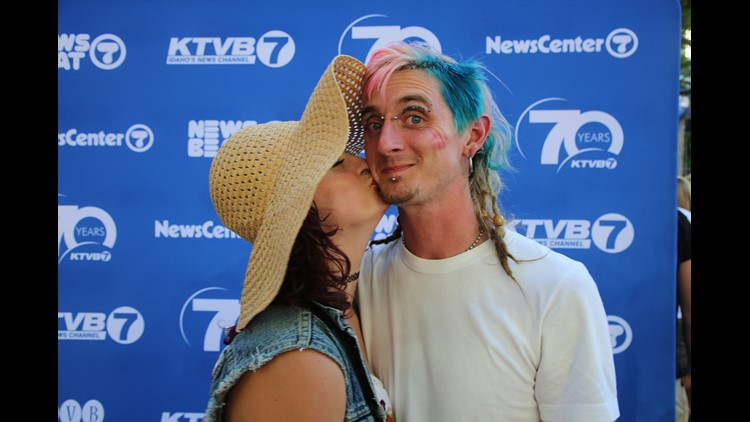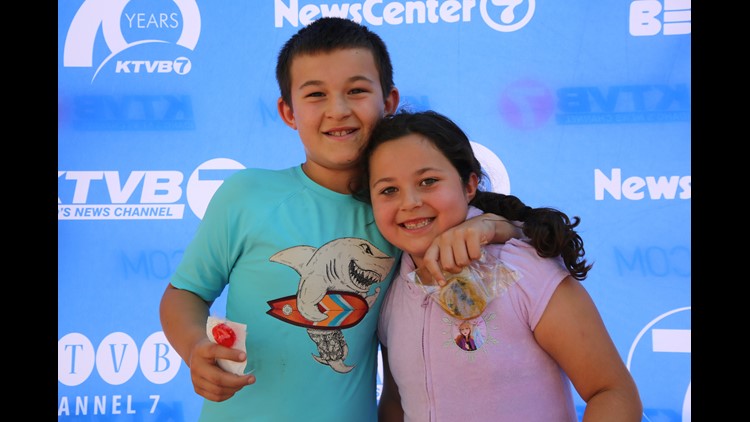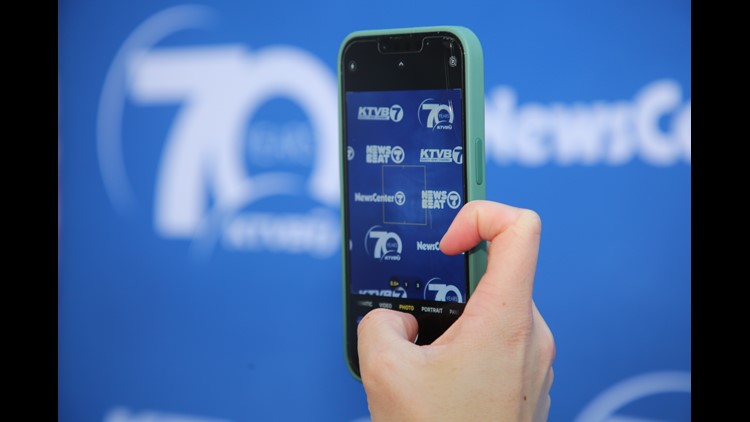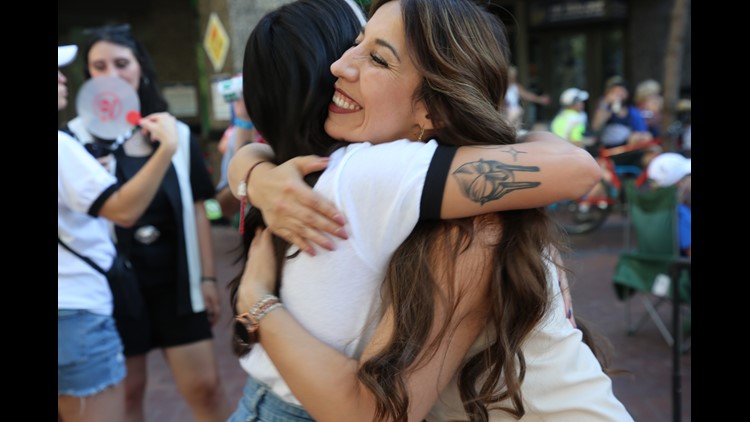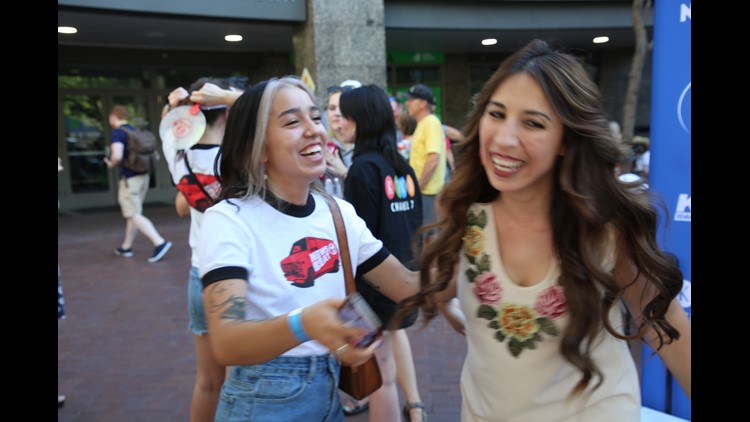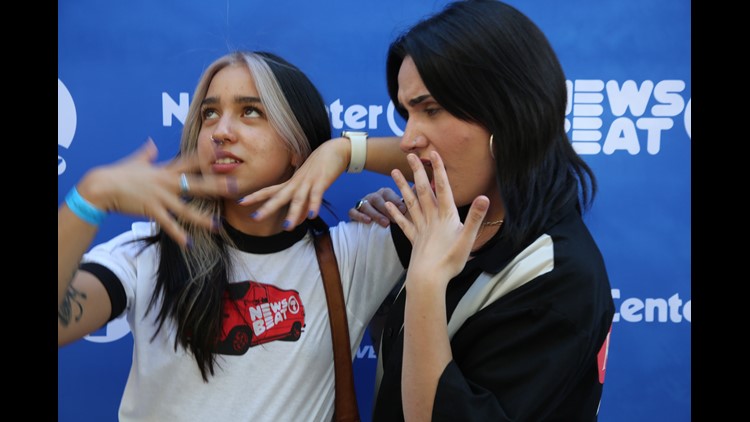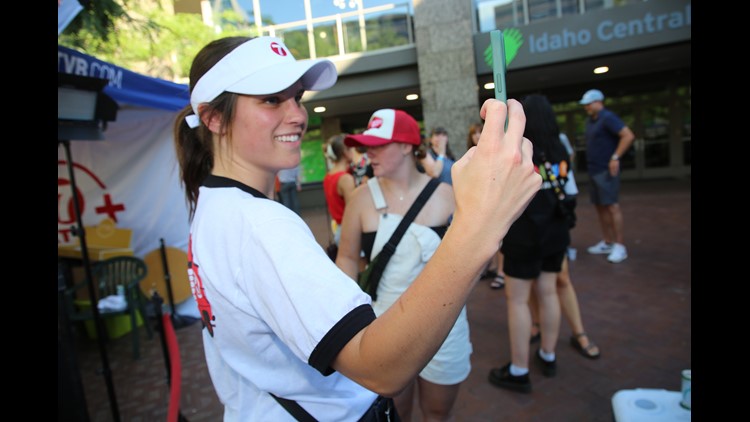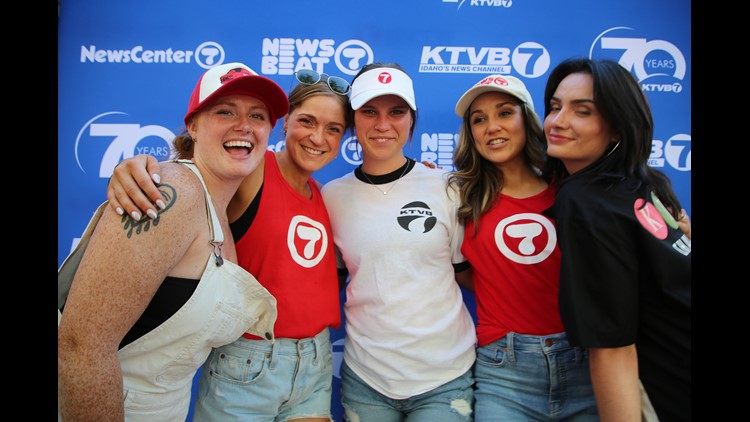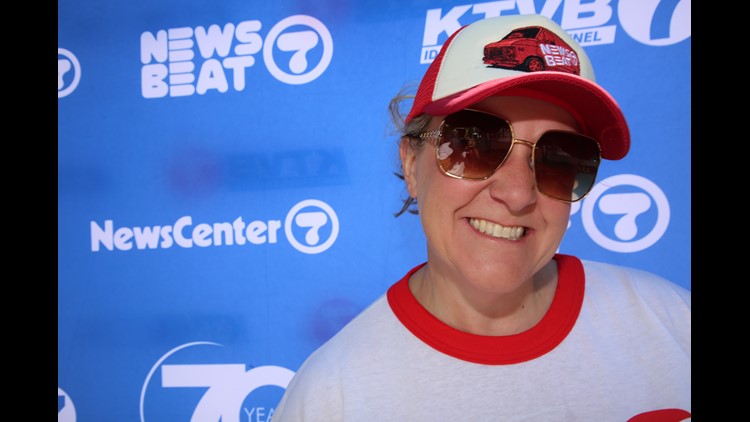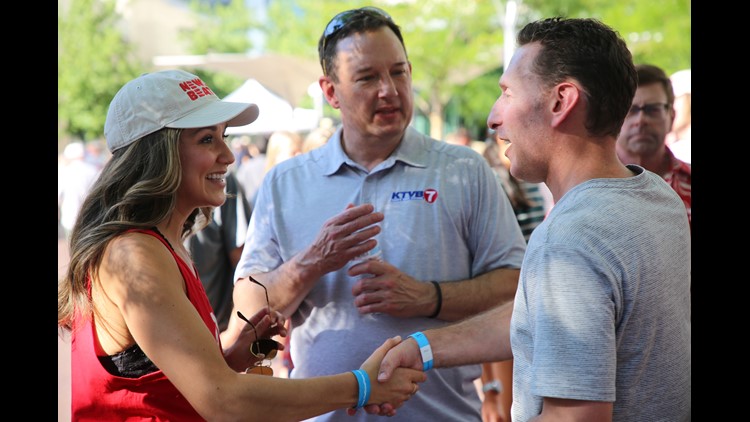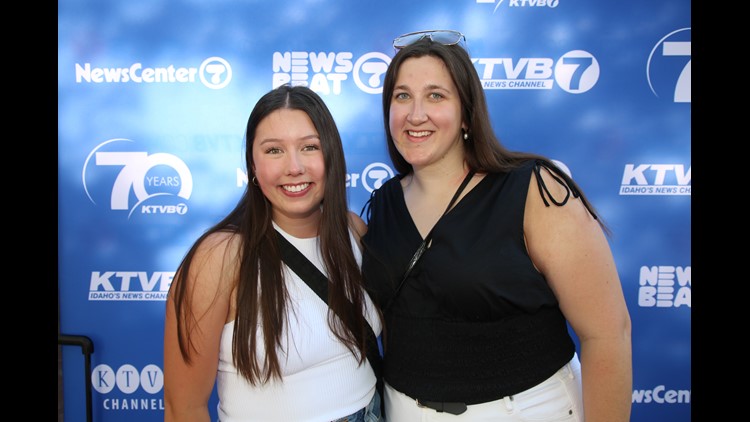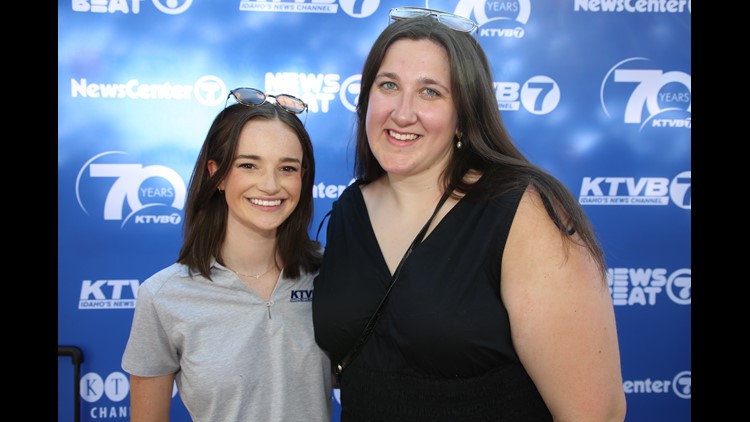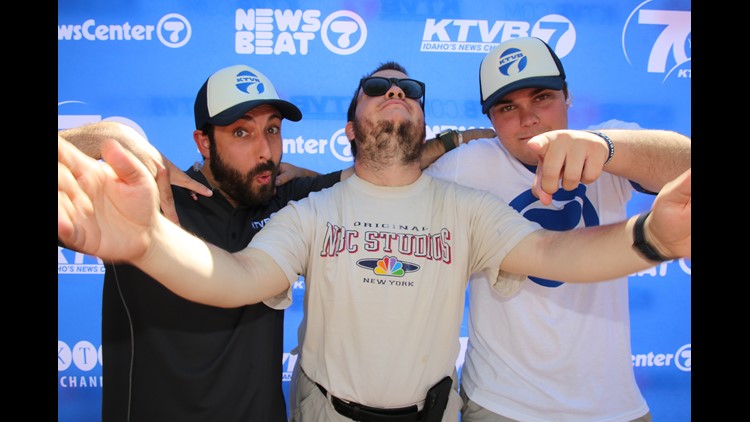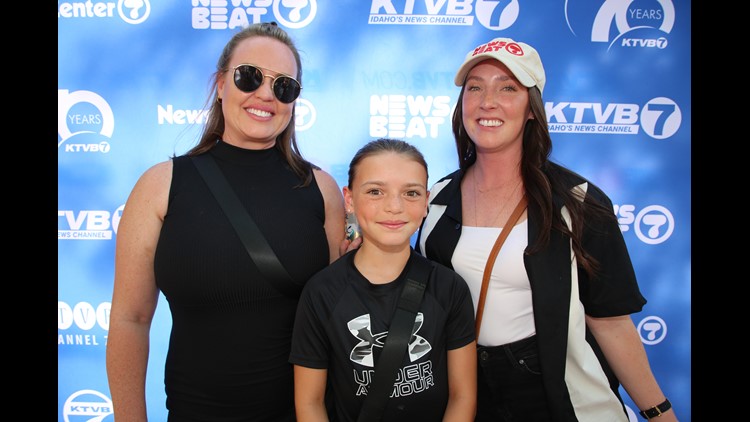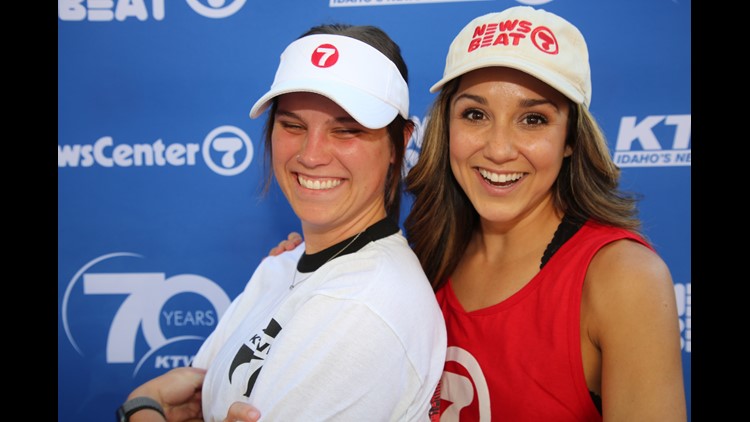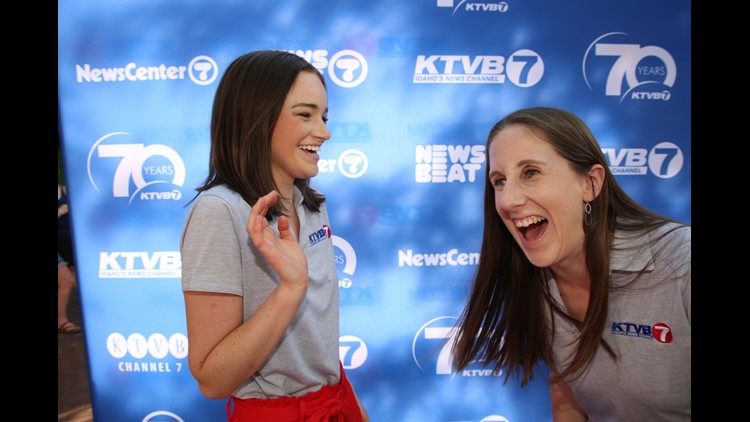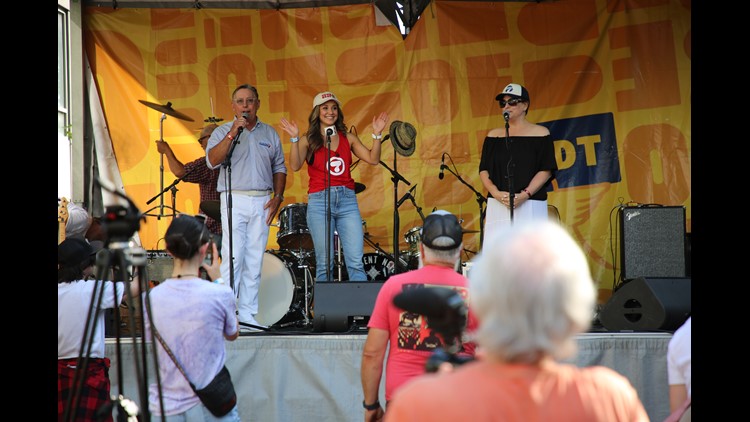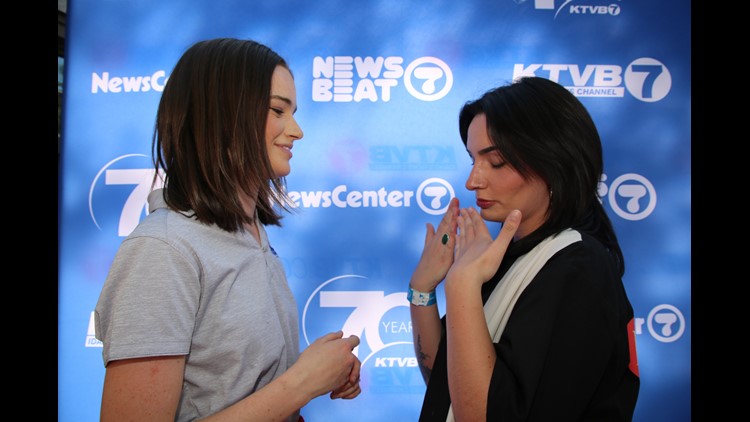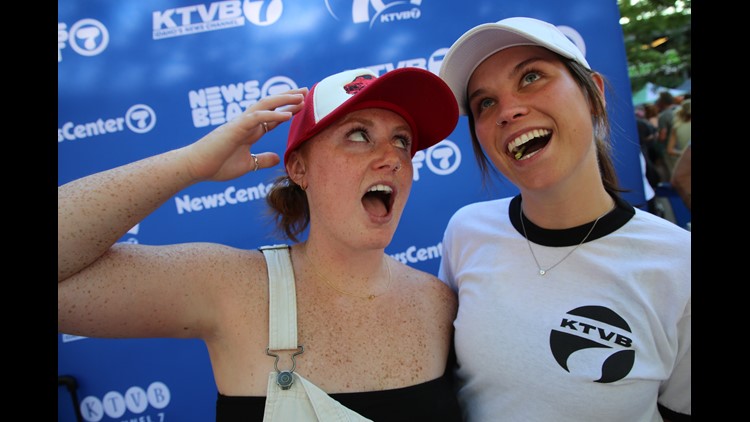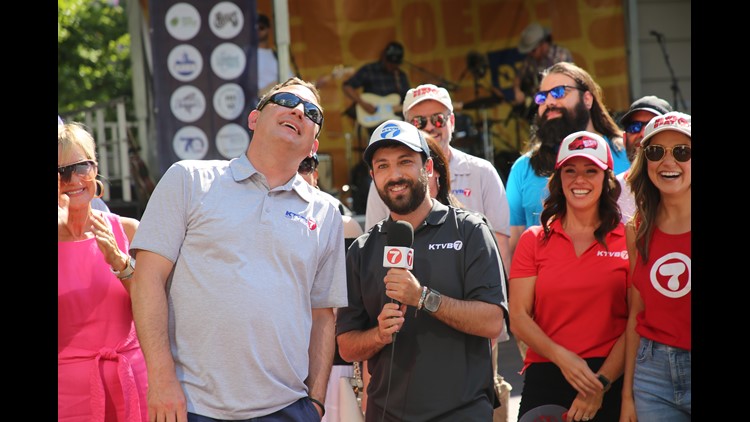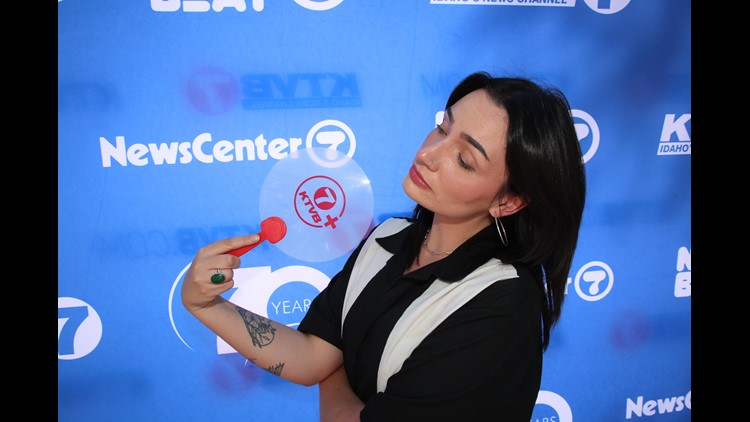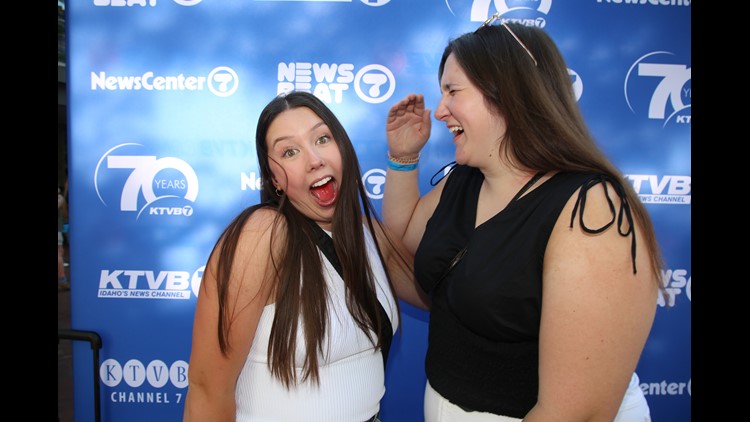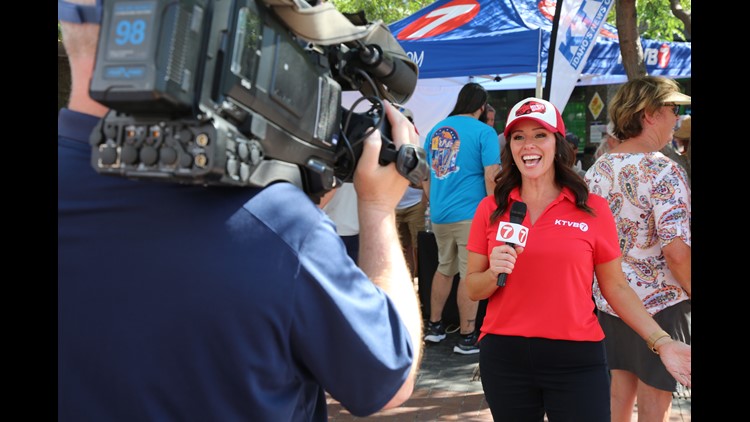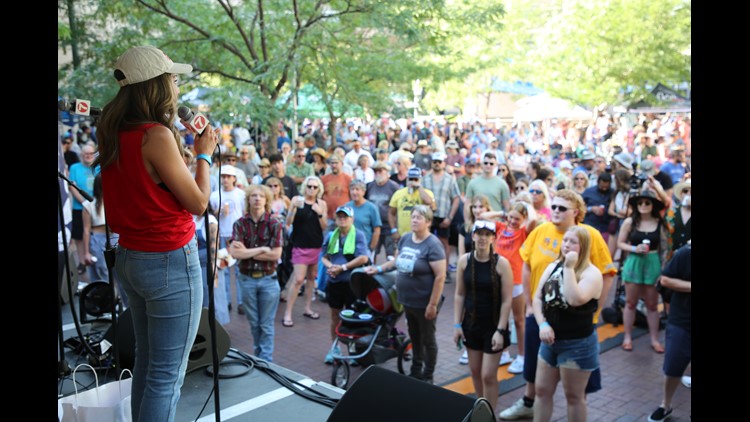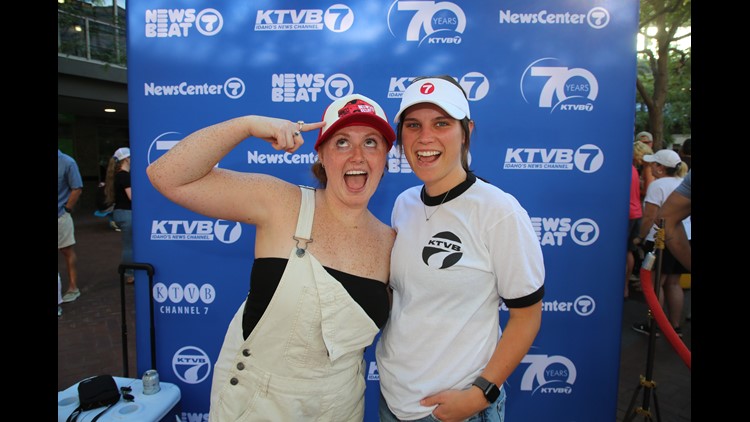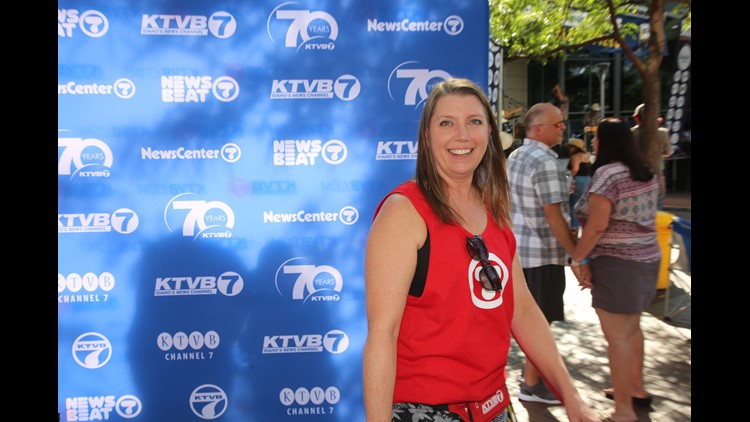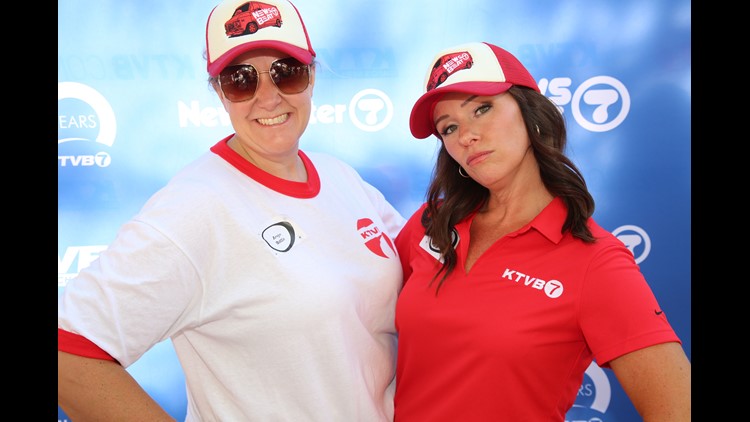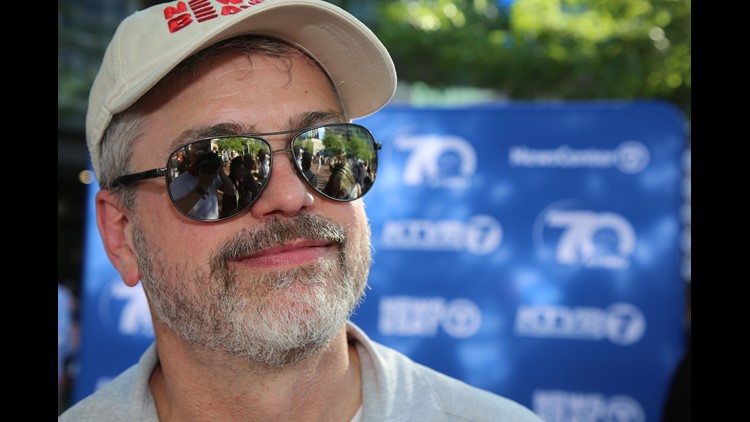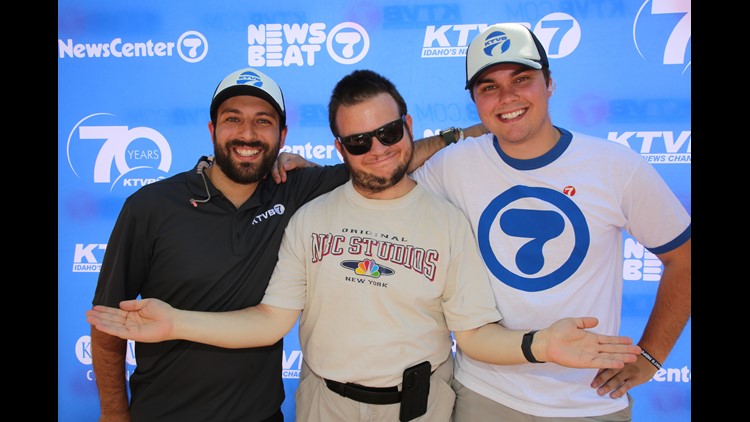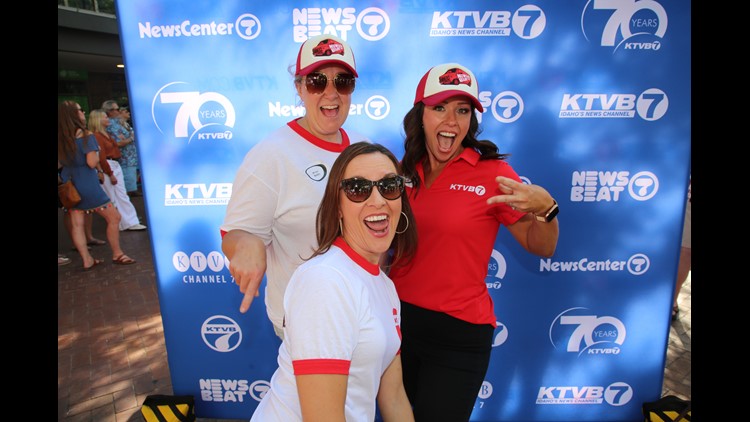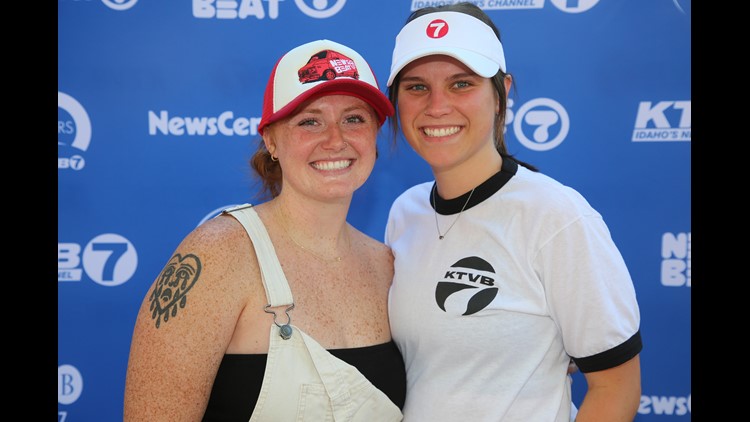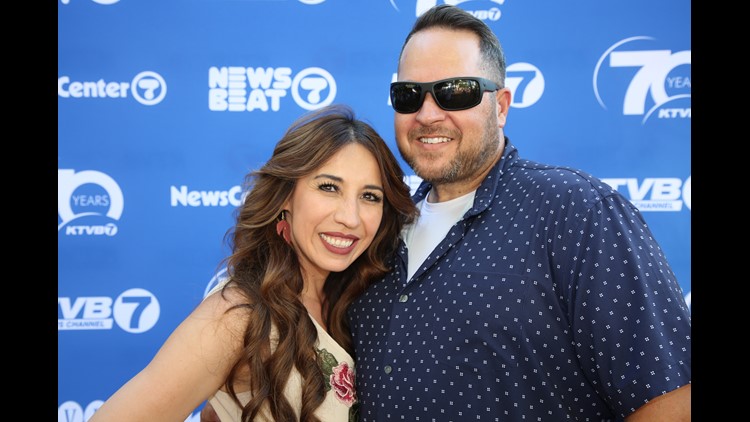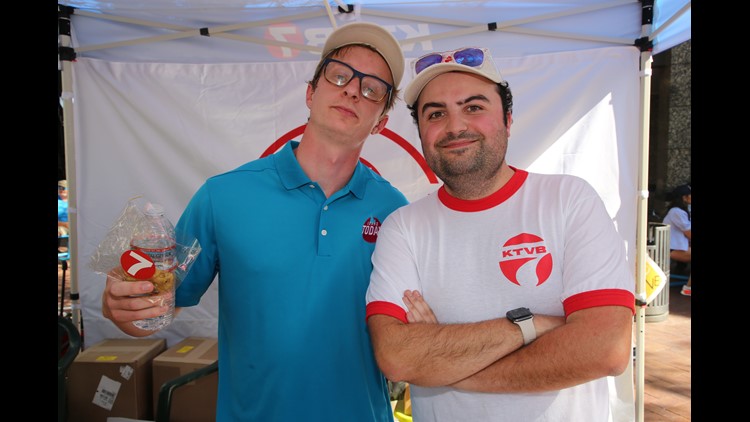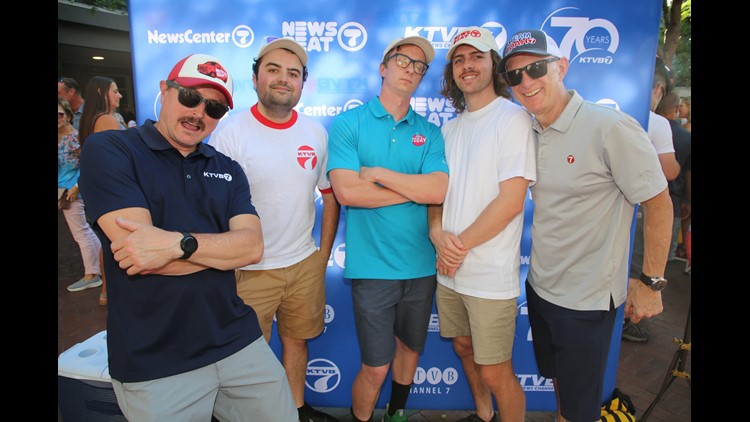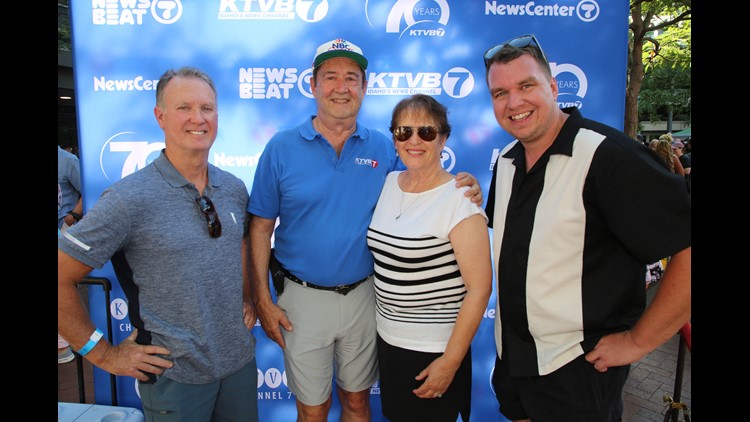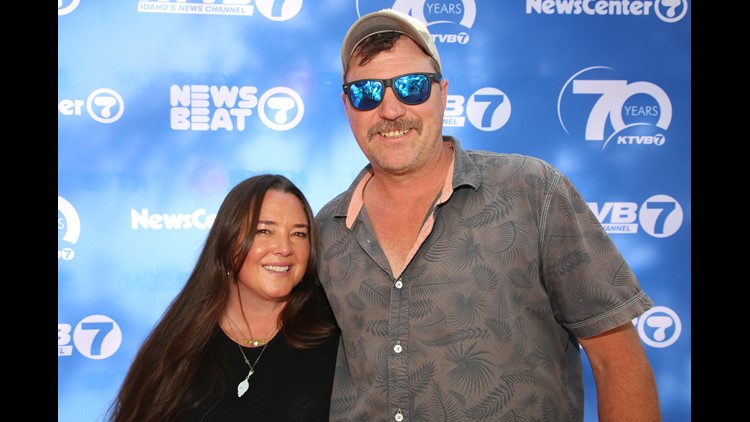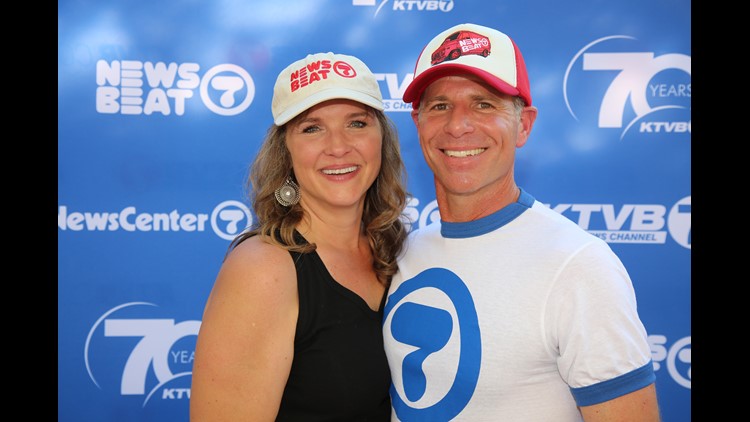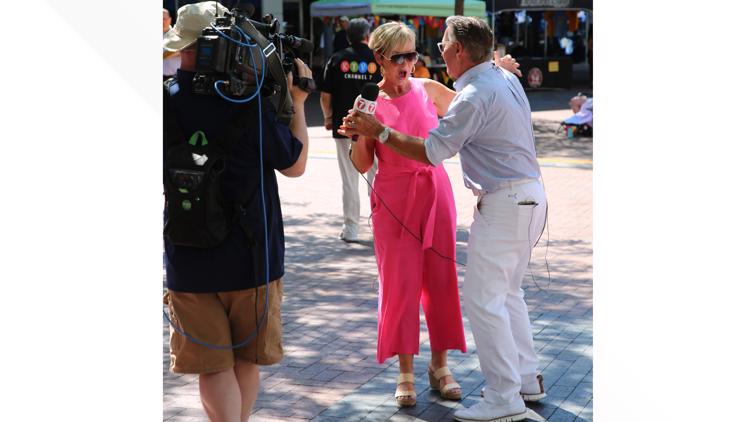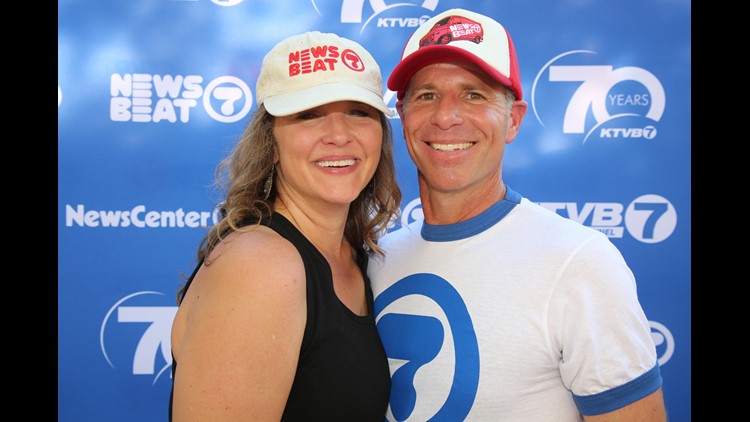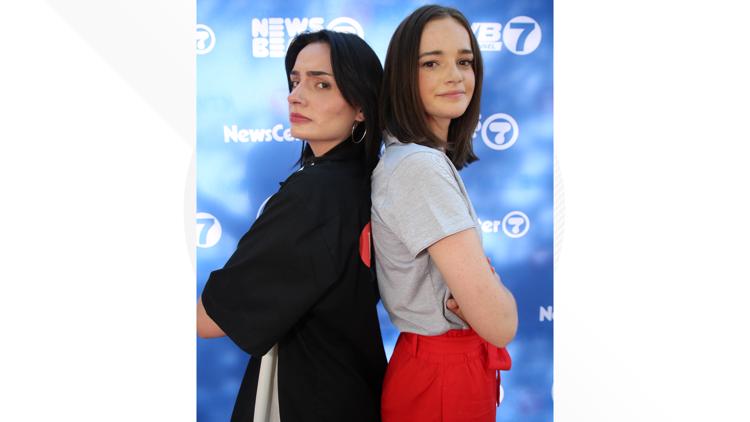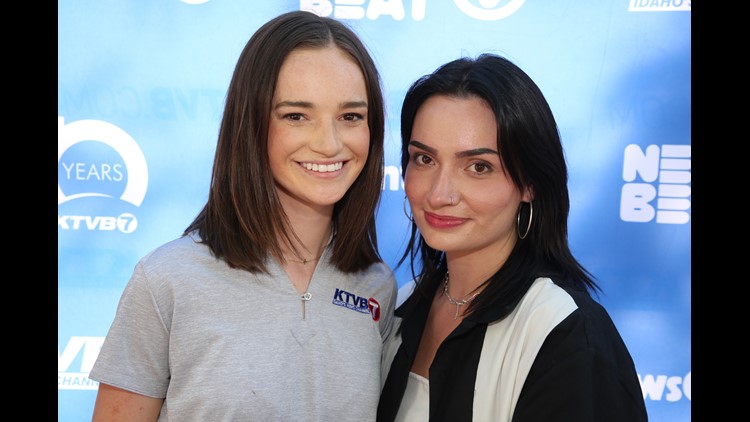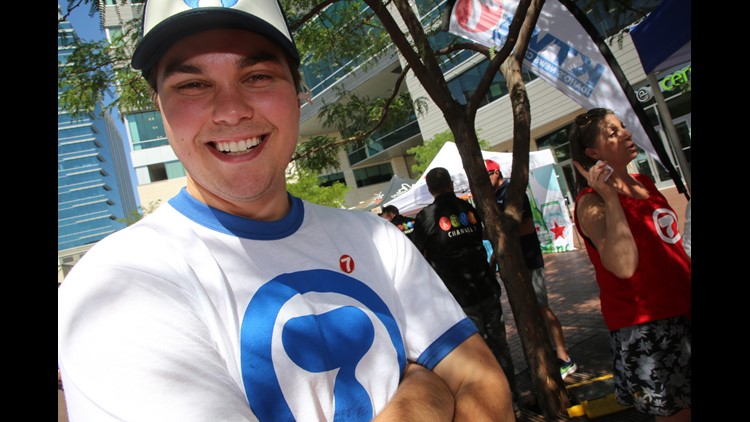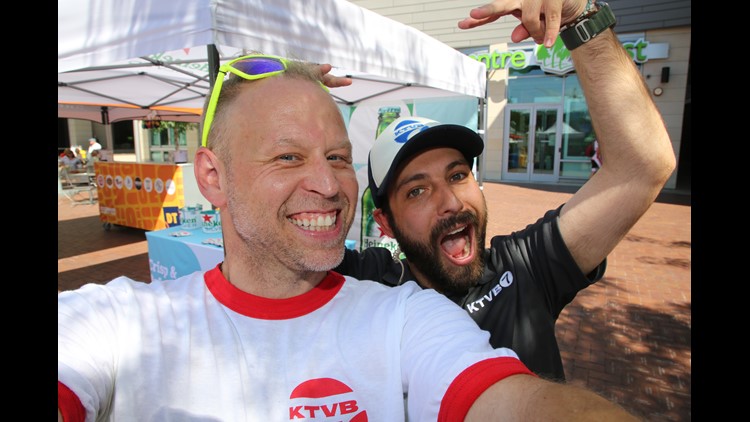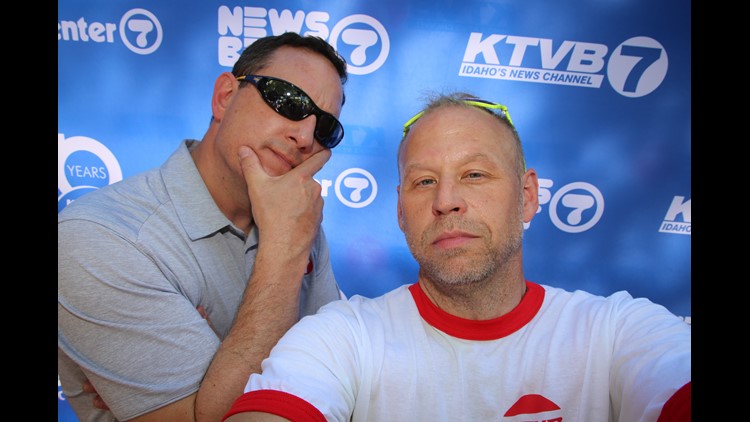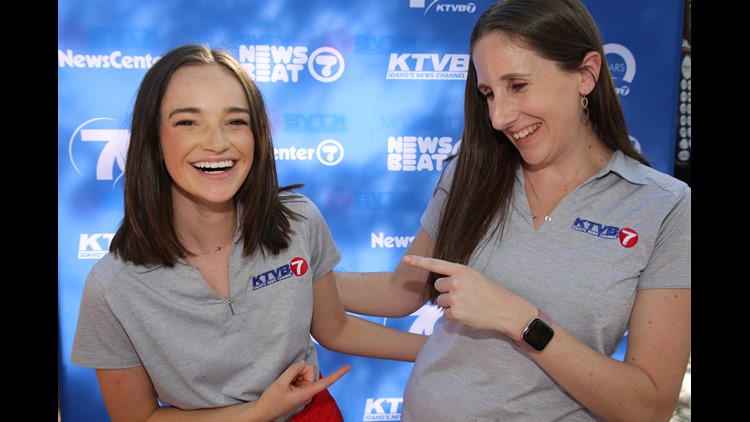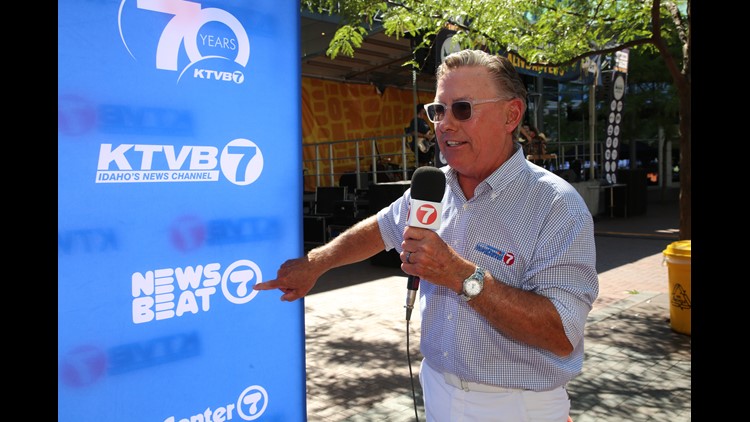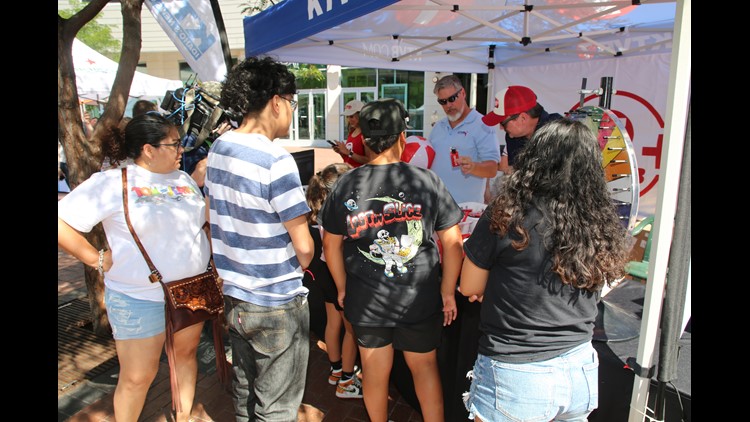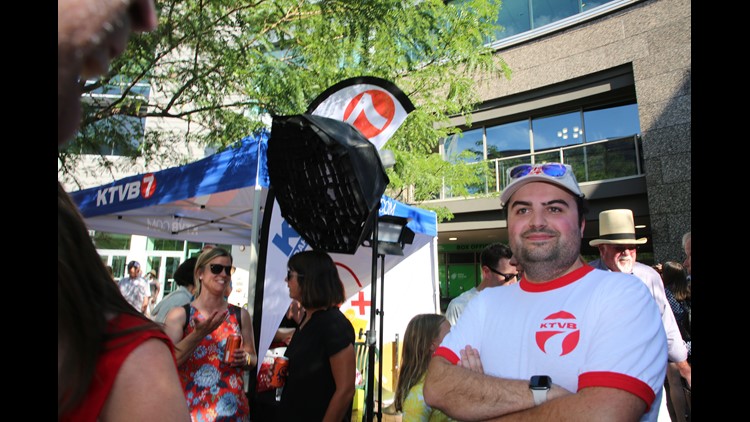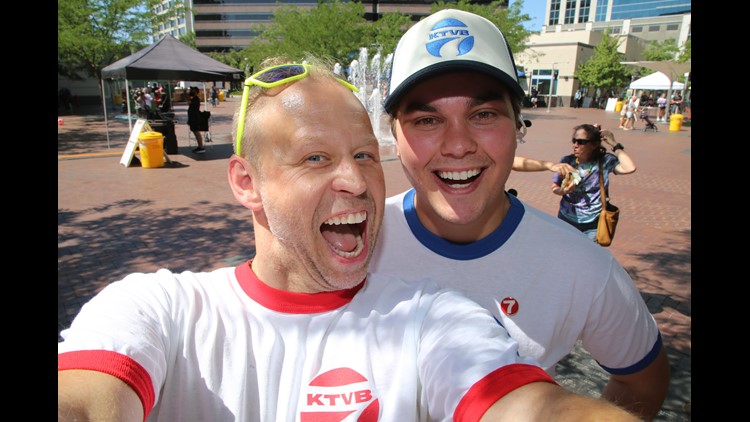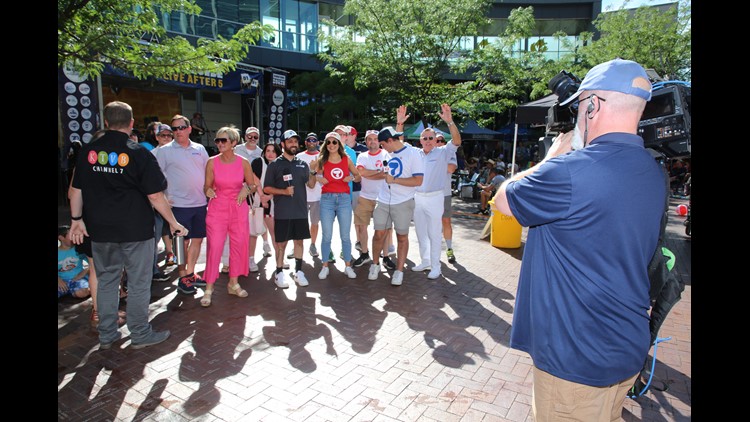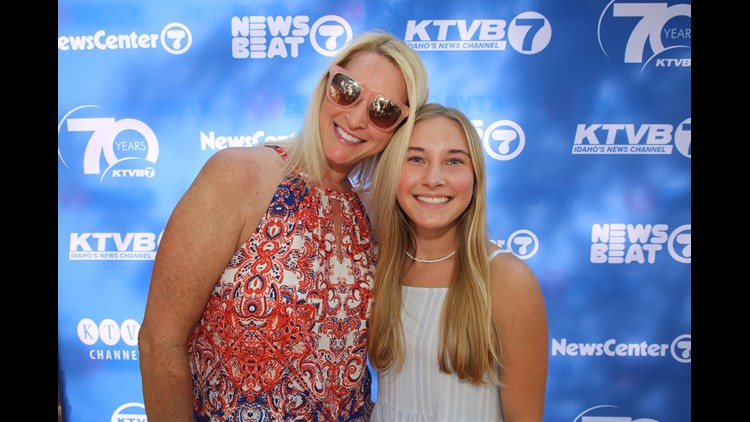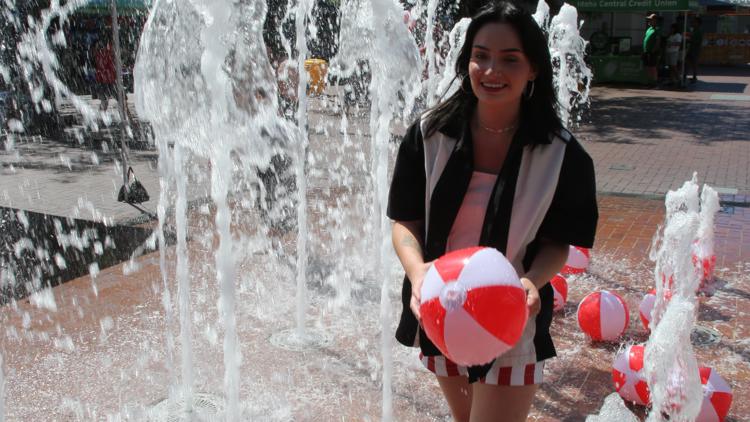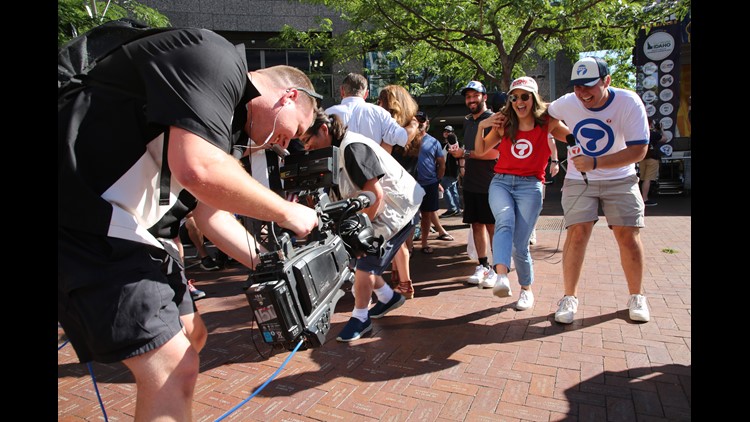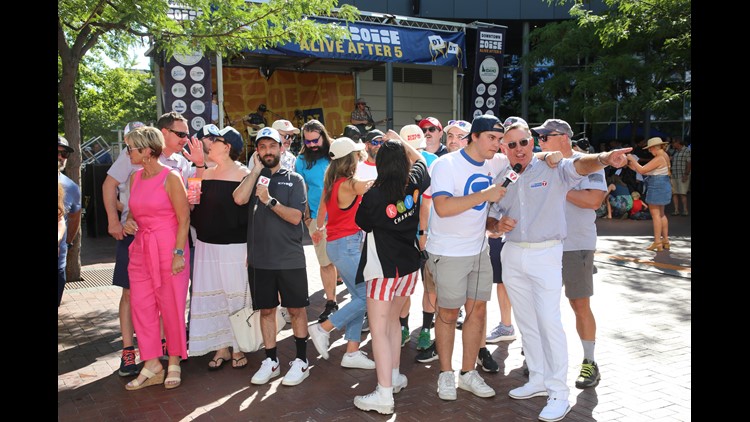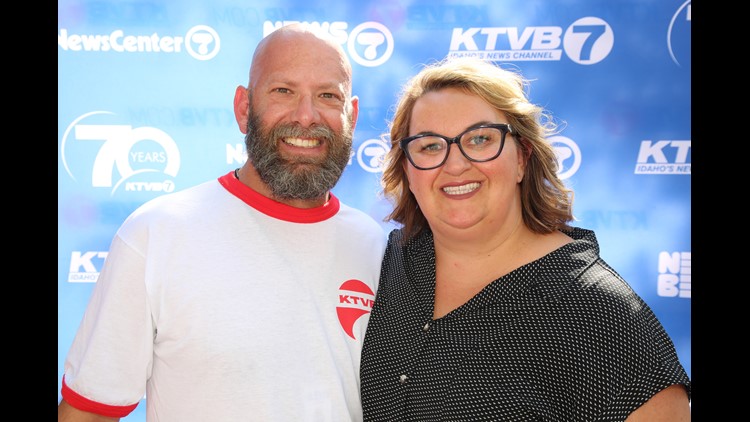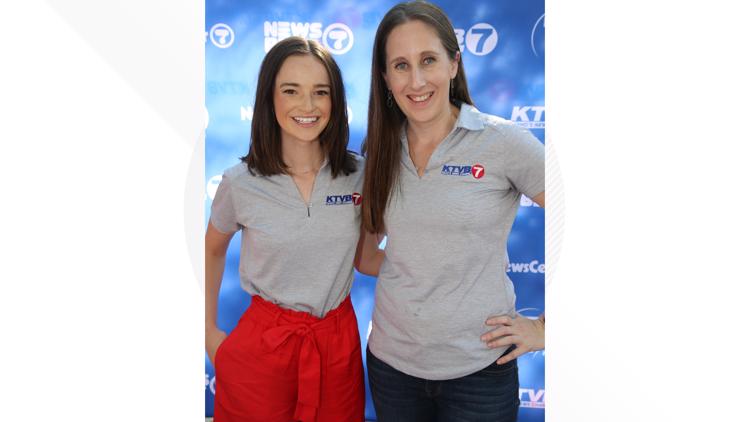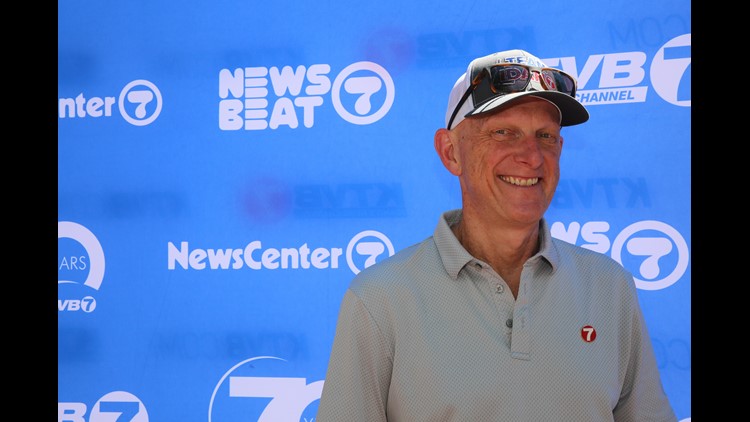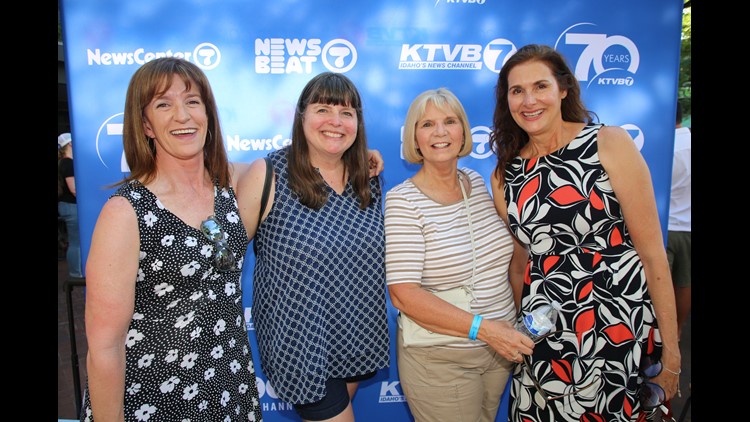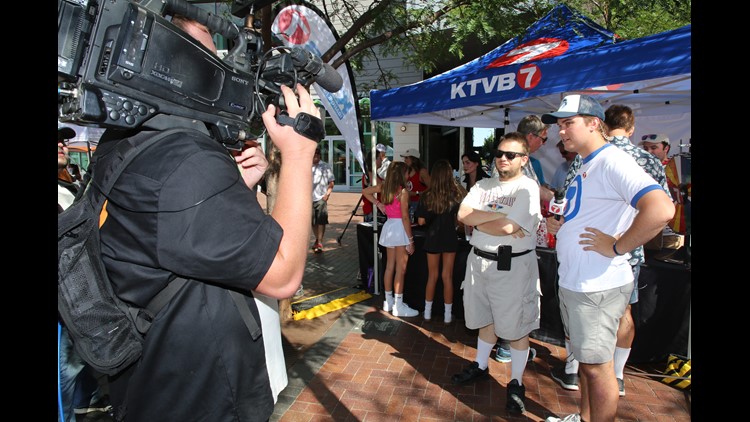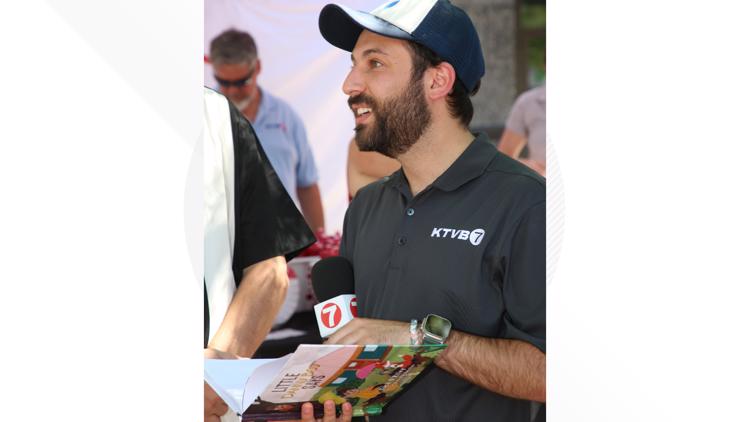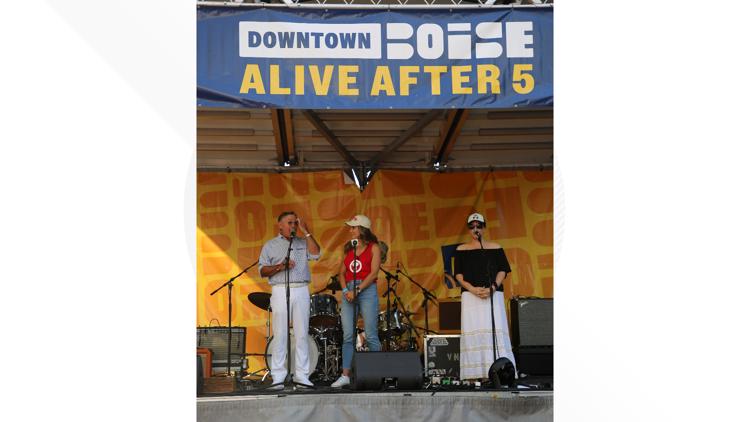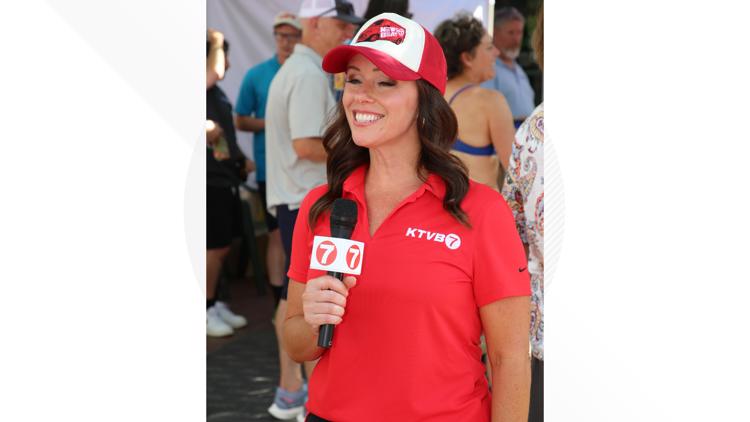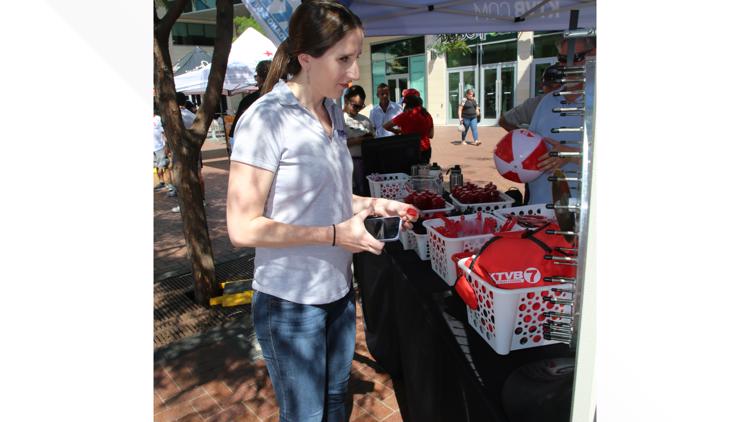BOISE, Idaho — For most viewers, the KTVB studio is where "the news comes first."
But it actually starts just around the corner from the studio in the KTVB newsroom.
Every morning at exactly 9:37 a.m. (and not a moment sooner), the news team gets together to go over the day.
Everything at KTVB happens on the sevens: meetings, parties, even the weather for a short time (thanks to meteorologist Larry Gebert and his 'Weather on the Seven's' forecast, where your "weekend is always in view"). It was a tradition started by the station's first general manager, Robert E. Krueger.
"It's an extremely pressure-driven, deadline-driven environment," former KTVB reporter Alyson Outen said. "Everybody is on deadline – everybody – and different deadlines too, because there's different newscasts and people are running in and running out, and it's noisy. There's a scanner going too, very unique environment."
However, the newsroom hasn't always been so vibrant.
"Tom Brokaw called it disgraceful," former KTVB news director Rod Gramer said.
Brokaw came to the station for the first time in 1988. Gramer remembers it being a pretty lousy place to work.
"When I was first hired, one of my assignments was to remodel the newsroom," Gramer said.
Which he did, and in the 30 years the station has been at its Fairview Avenue location, it has gone through several renovations, the last coming in 2019.
Just like they did back then, the famous NBC chimes ring three times a day in the newsroom, alerting staff to upcoming on-air updates.
However, not all staff are in the building to hear it.
That's because some are likely working out in the field, either on a live shot or out collecting video and sound for a story.
Today, most reporters are 'MMJs,' or 'Multimedia Journalists,' meaning they are tasked with shooting and editing their own stories, as well as presenting them on air.
But it always hasn't been that way. Previously, reporters worked with a photographer and editor, who would go with them to their interviews, then help edit their stories as the reporter writes.
Depending on the decade, those stories were shot on different mediums: film three-quarter inch tape, beta tape, VHS, and these days, a digital SD card.
"When I arrived here in 1975 – it was before portable videotape – so we were all shooting film," former KTVB anchor Larry Taylor said. "So, you go out with your sound cameras and shoot your story, then you have to come back, put it in the film processor, which was always a gamble. Get it out of the processor, and then physically edit, and splice the film together."
Taylor said it was all then assembled live on air.
"They're running this film chain, they're running the B-roll to put in the receiver if everything comes together live on the air," Taylor said. "If you're lucky, and we weren't always lucky."
As the decades went on, editing became more mobile.
"Depending on how far away the story is, oftentimes, I would have a playback machine on my lap, in the car, with headphones on," Outen said. "Then again, depending on how long the drive was, I might start scribing the actual story."
From start to finish, most stories are called 'day turns,' meaning they are set to air the same day. Meaning reporters have just a few hours to set up their stories, go to their interviews, shoot their interviews, come back to the station, write and edit, go on air, then write the accompanying web story for KTVB.COM.
In the control room, things are a little more chaotic.
The director and producer work to make sure the show goes off without any issues.
Unfortunately, mistakes and when things don't go as planned, everyone works together to make sure the viewer doesn't notice.
"There were times when the prompter would go down like every other show," KTVB anchor Carolyn Holly said. "But you had to be prepared for it. You had a plan A and a plan B and if you had to go to plan C, that might be 'let's go to commercial break.'"
What viewers don't see? The scrambling to make deadlines, the quick decisions to change the show rundown during the show because a video won't play, or going to break when the power in the building goes out.
But the show must go on, because the news comes first.
Photo album: KTVB 70th birthday party on The Grove Plaza
Watch more Local News:
See the latest news from around the Treasure Valley and the Gem State in our YouTube playlist:

